
MEL Physics is a monthly box subscription from MEL Science that is designed to cater amazing Physics-related activities for kids ages 9-14. You can subscribe to the box for $34.90 each month. Each monthly kit contains 2-3 science experiments with enough materials to try it twice, plus step-by-step instructions. All the experiments are designed for home use.
DEAL: Save 25% on your first month! Just use this link and coupon code HELLO25

This side of the box contains all the information you need to know about this month’s activities. It features all three activities and a full list of the materials included plus what we need to prepare in advance.
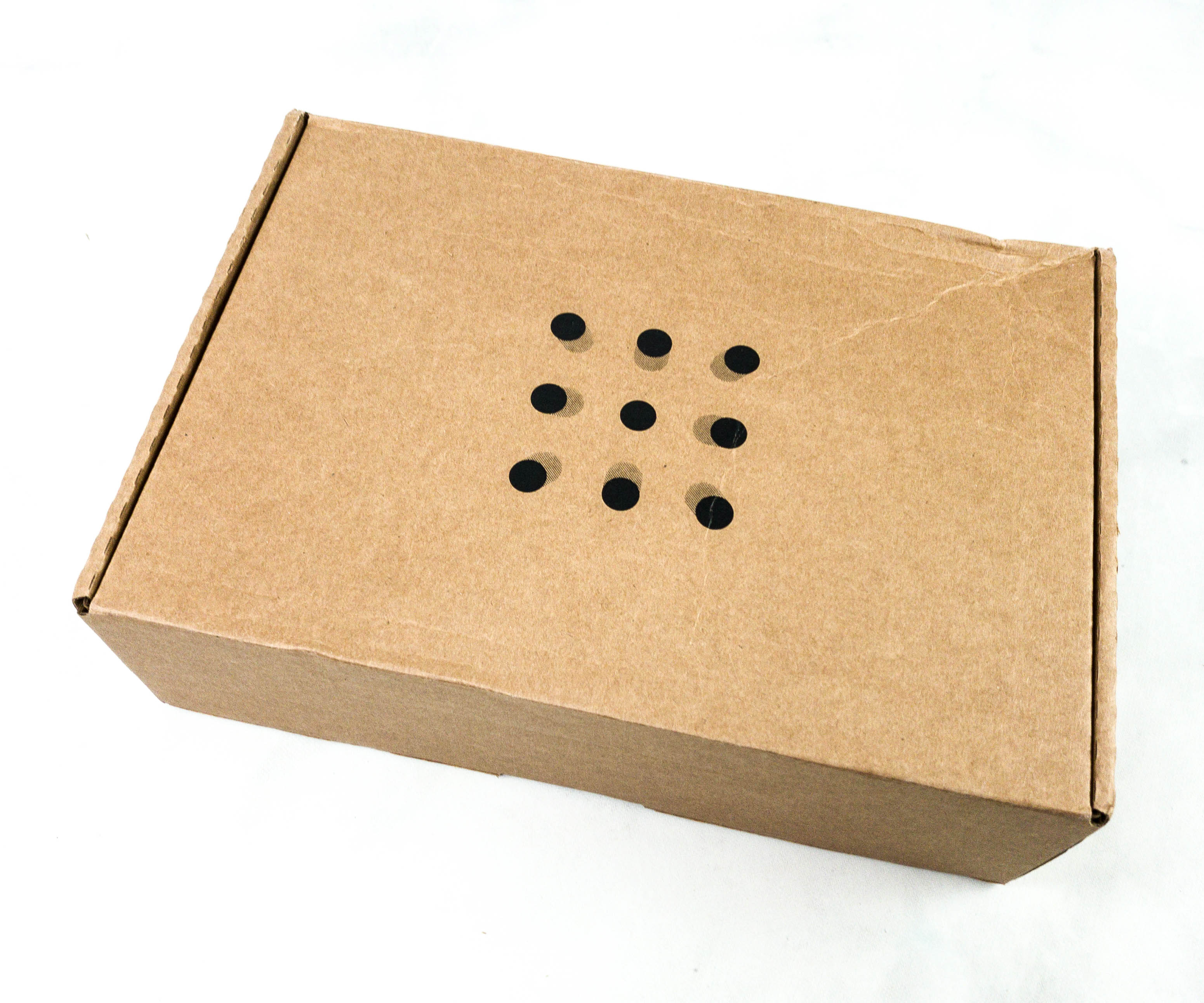
This is a review of the MEL Physics – Hydrophobicity box.
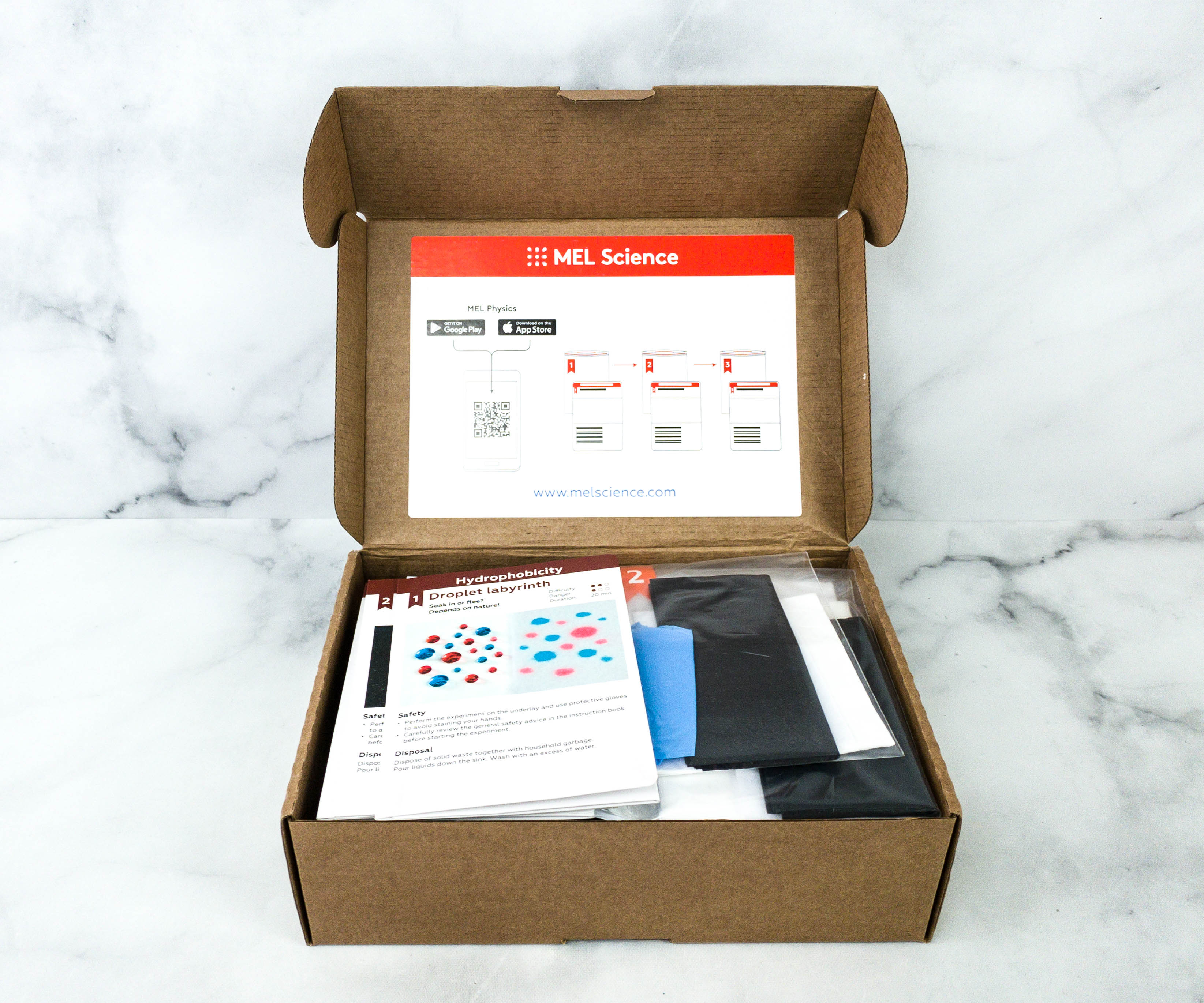
All the items are neatly packed inside the box.
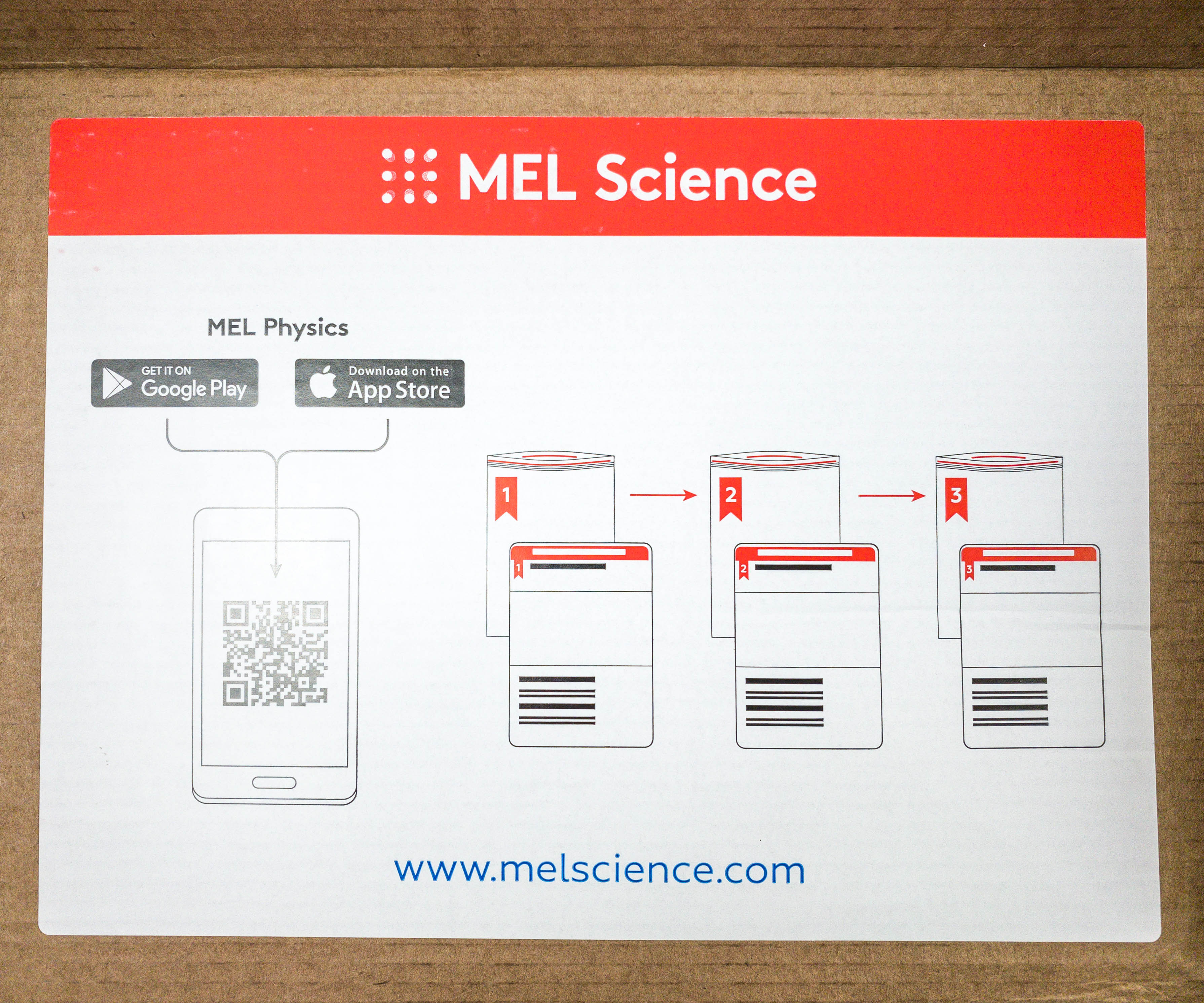
Featured on the box’s flap is a QR code for easy download of the MEL Science app.
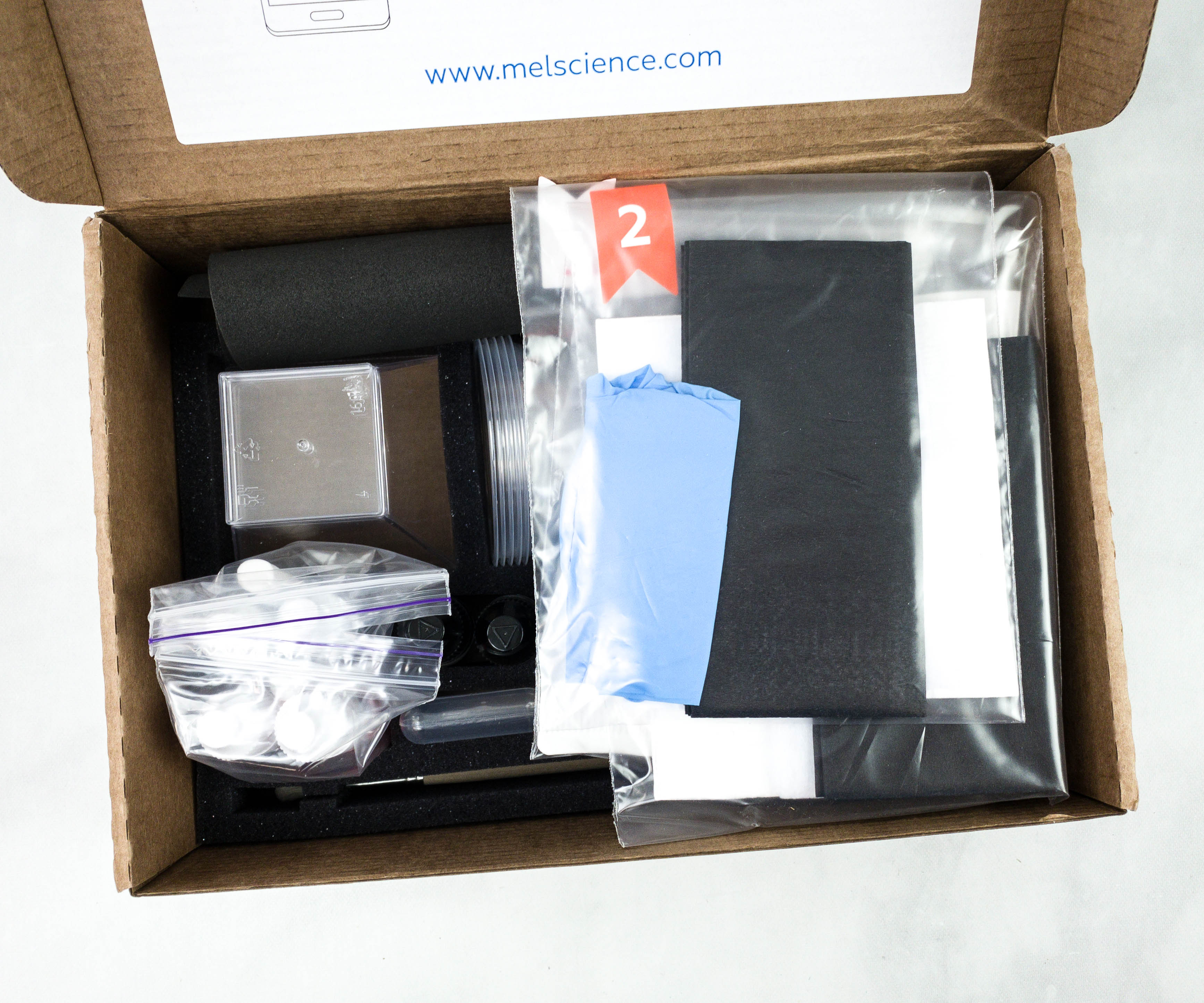
The materials are arranged and packed per activity.
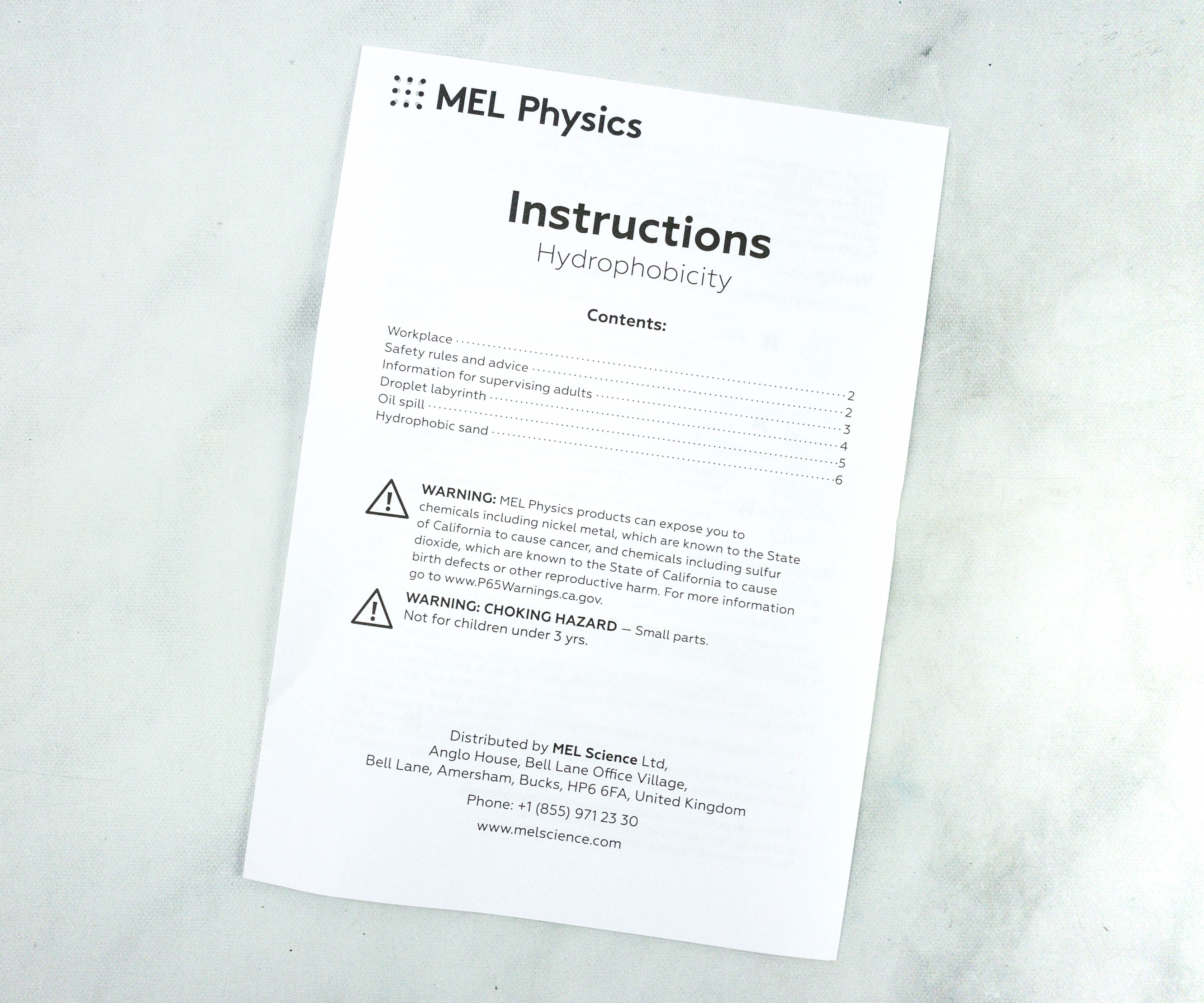
This month’s box comes with an information sheet.
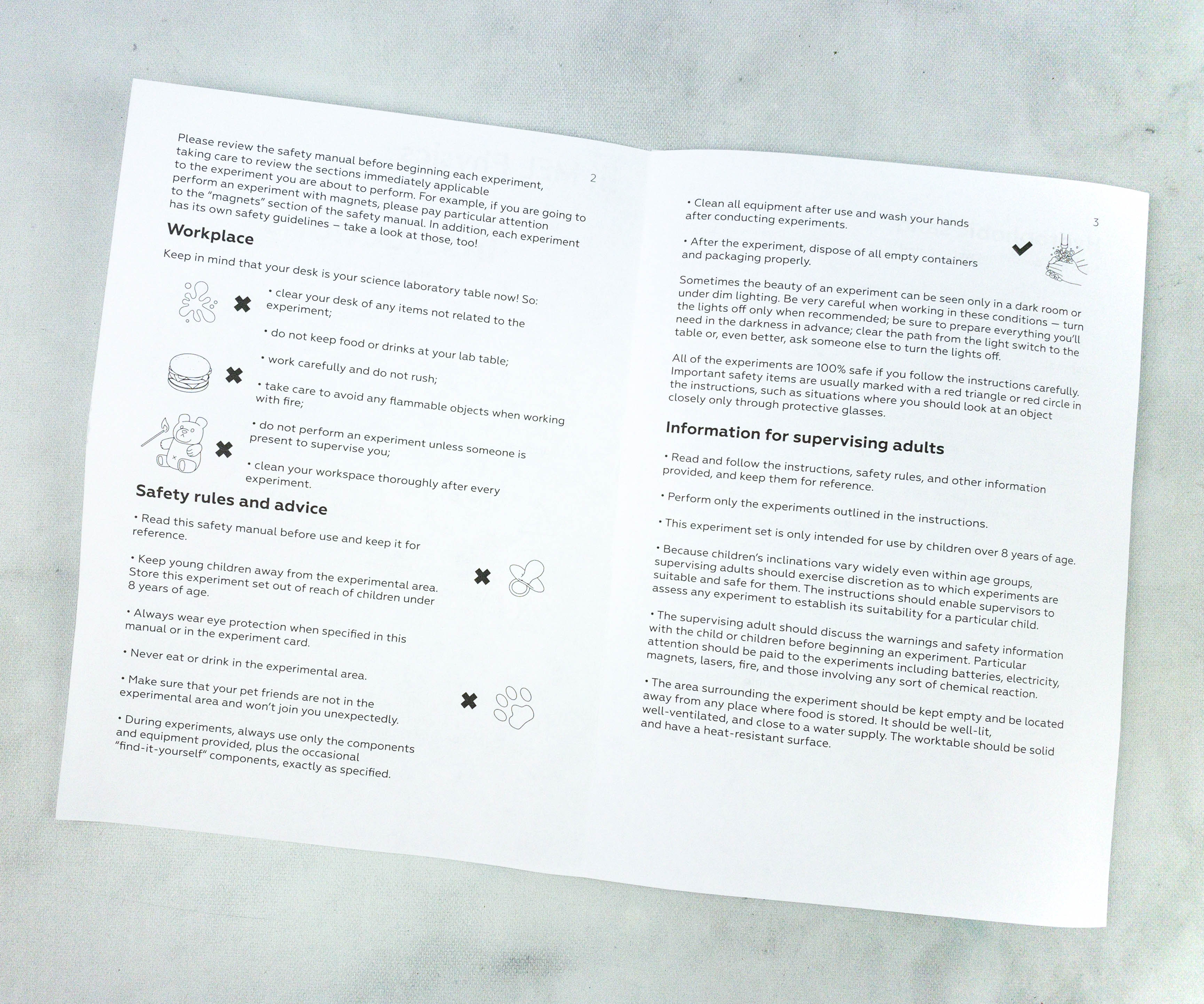
This sheet provided us with a few reminders regarding our workplace, safety rules and advice, and instruction for the supervising adults.
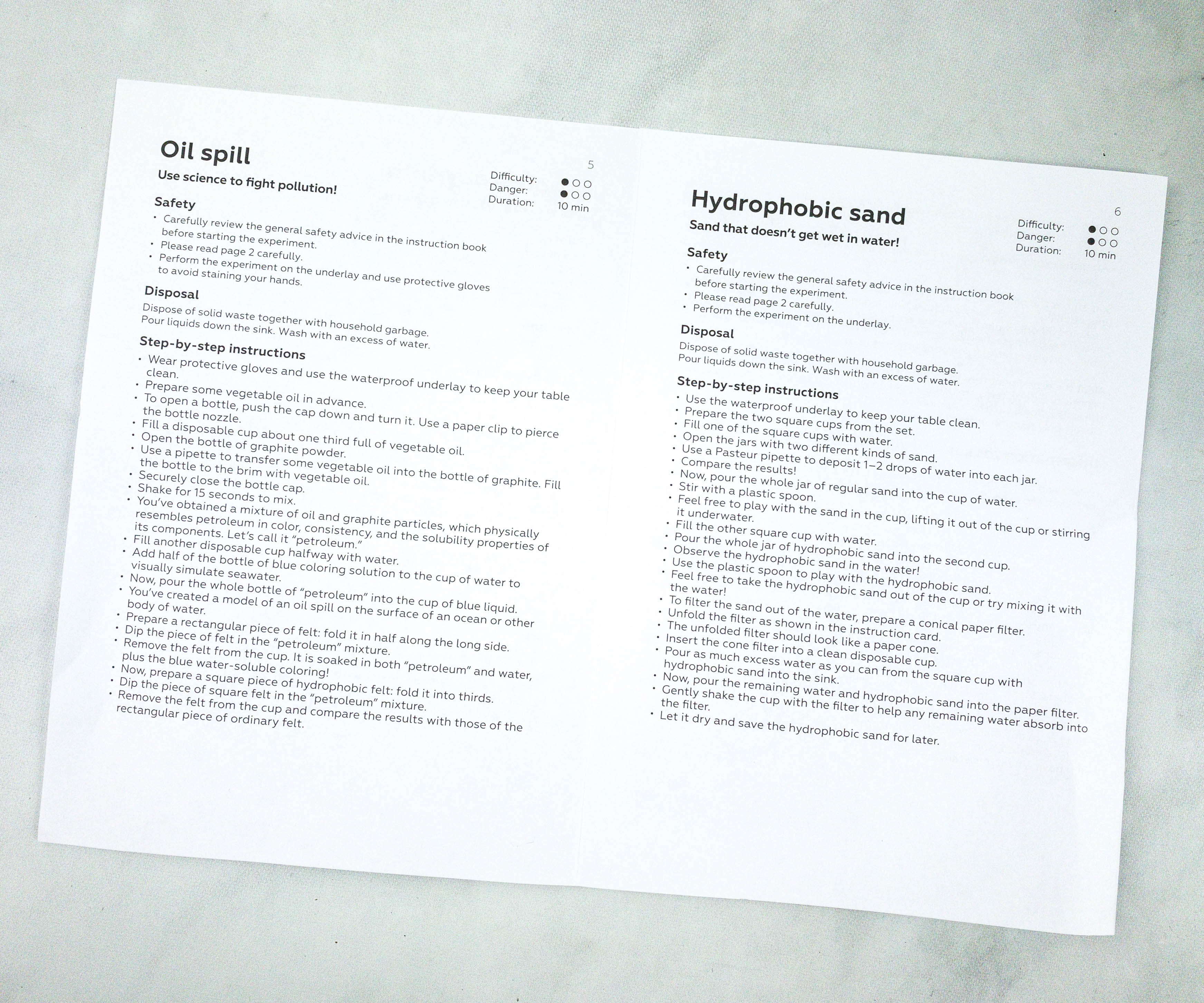
This portion of the sheet listed a detailed instruction for each activity.
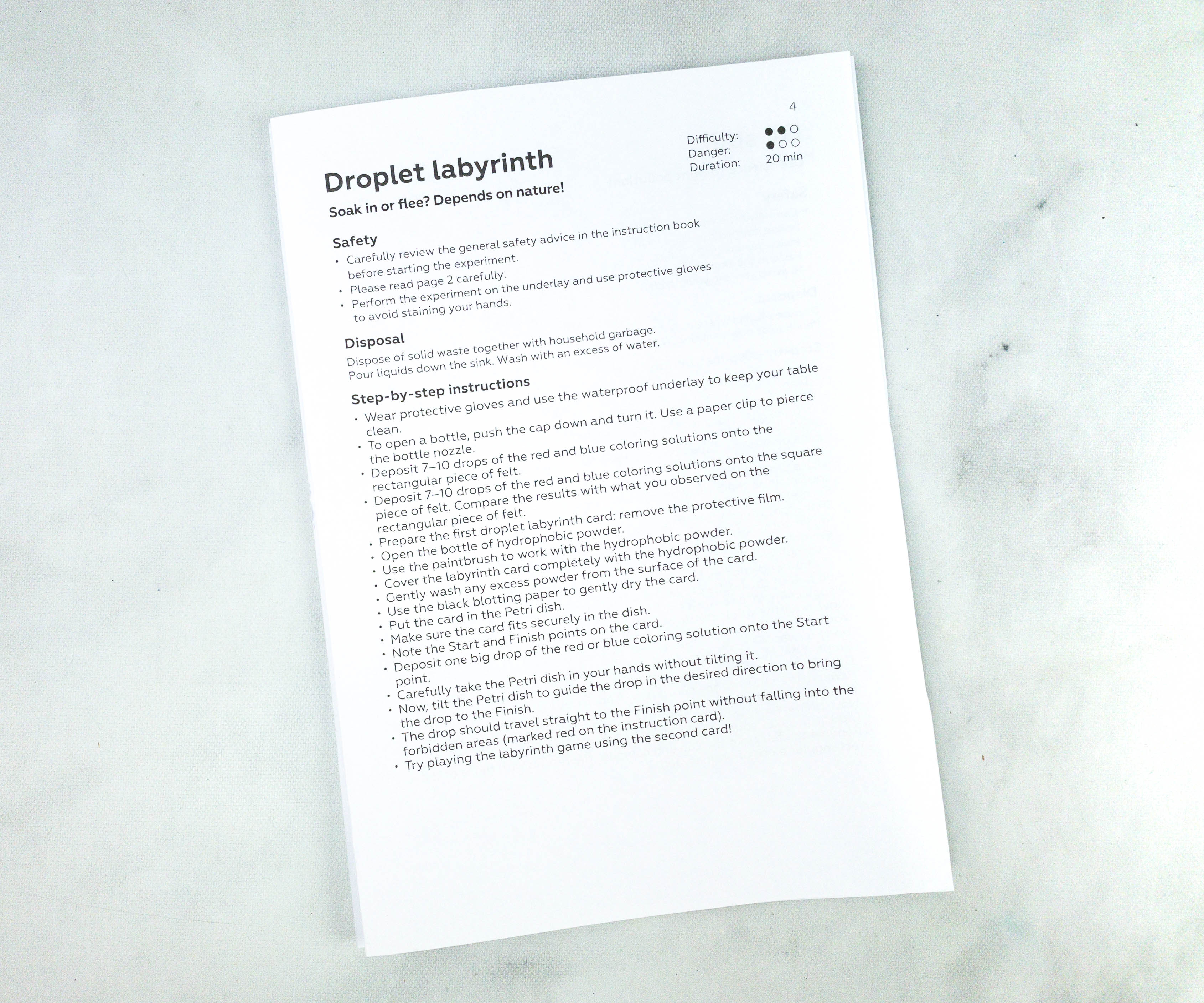
It also includes a reminder on how to properly dispose the waste after every experiment!
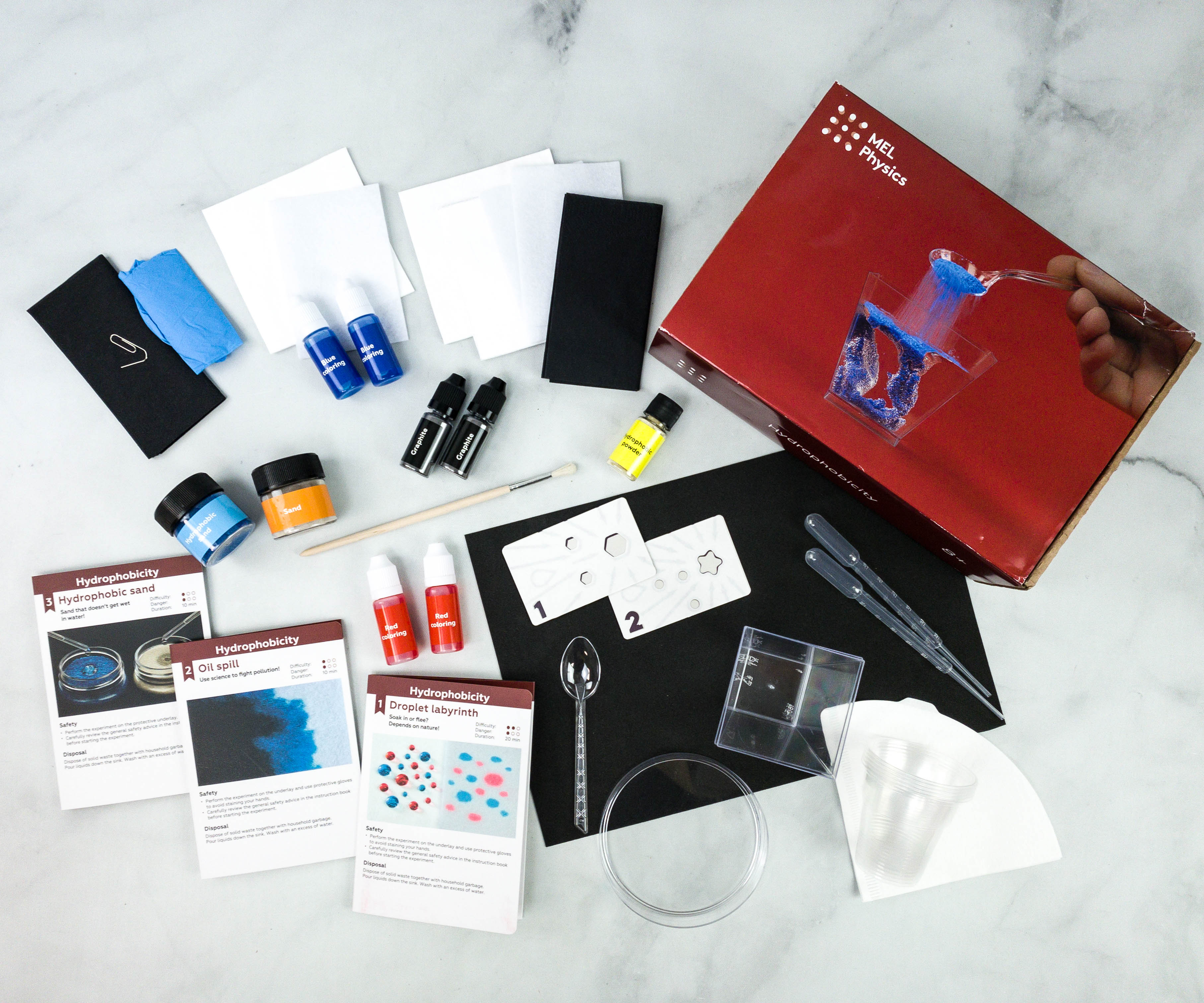
Everything in my box!
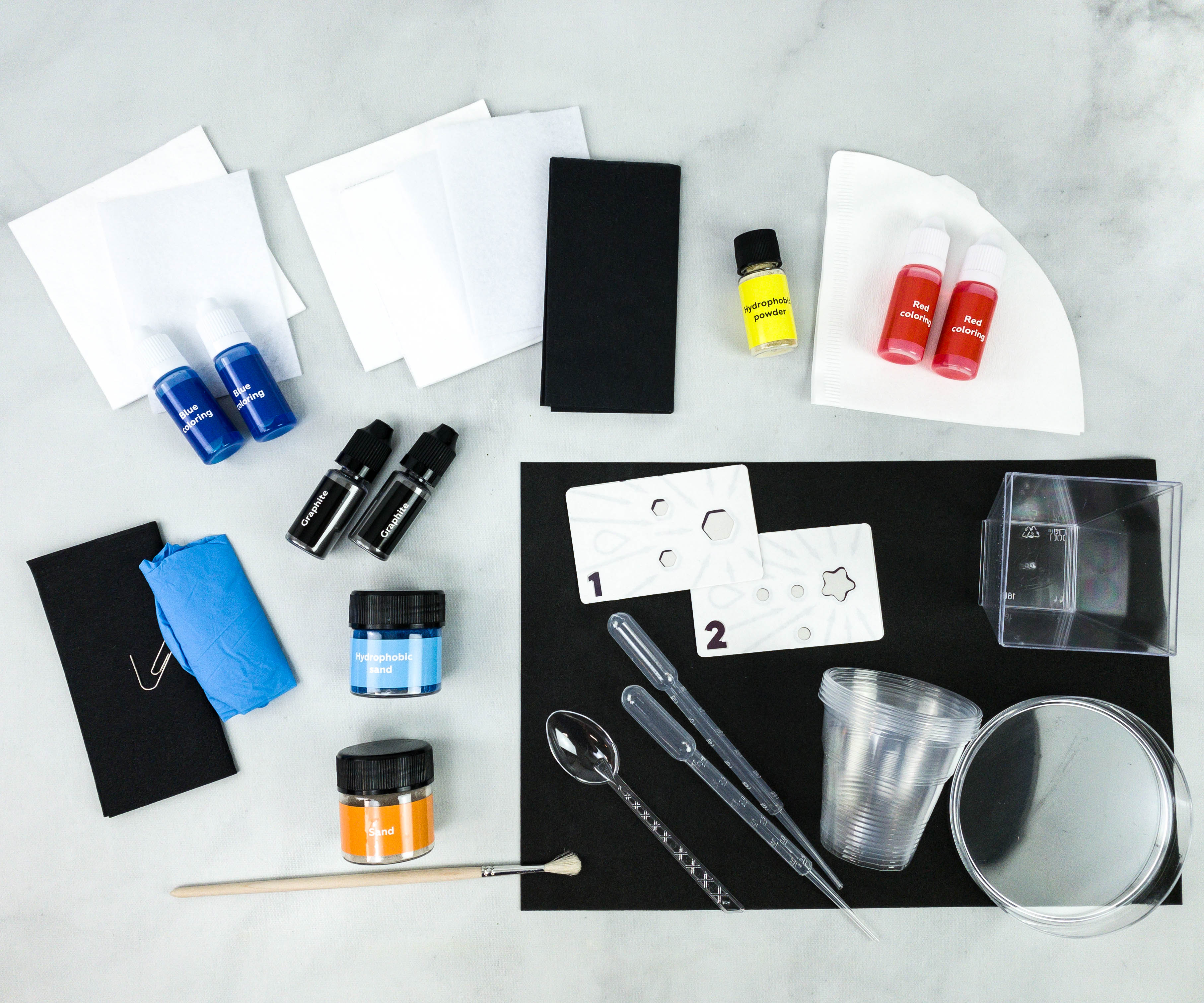
Our Physics set includes hydrophobic and hydrophilic felt fabrics, paper napkins, protective gloves, paper clip, plastic spoon, disposable plastic cups, paper filter, tealight candle, regular sand, and hydrophobic sand. It also comes with blue and red colorings, graphite powders, petri dish, hydrophobic powder, paintbrush, and a variety of cards.
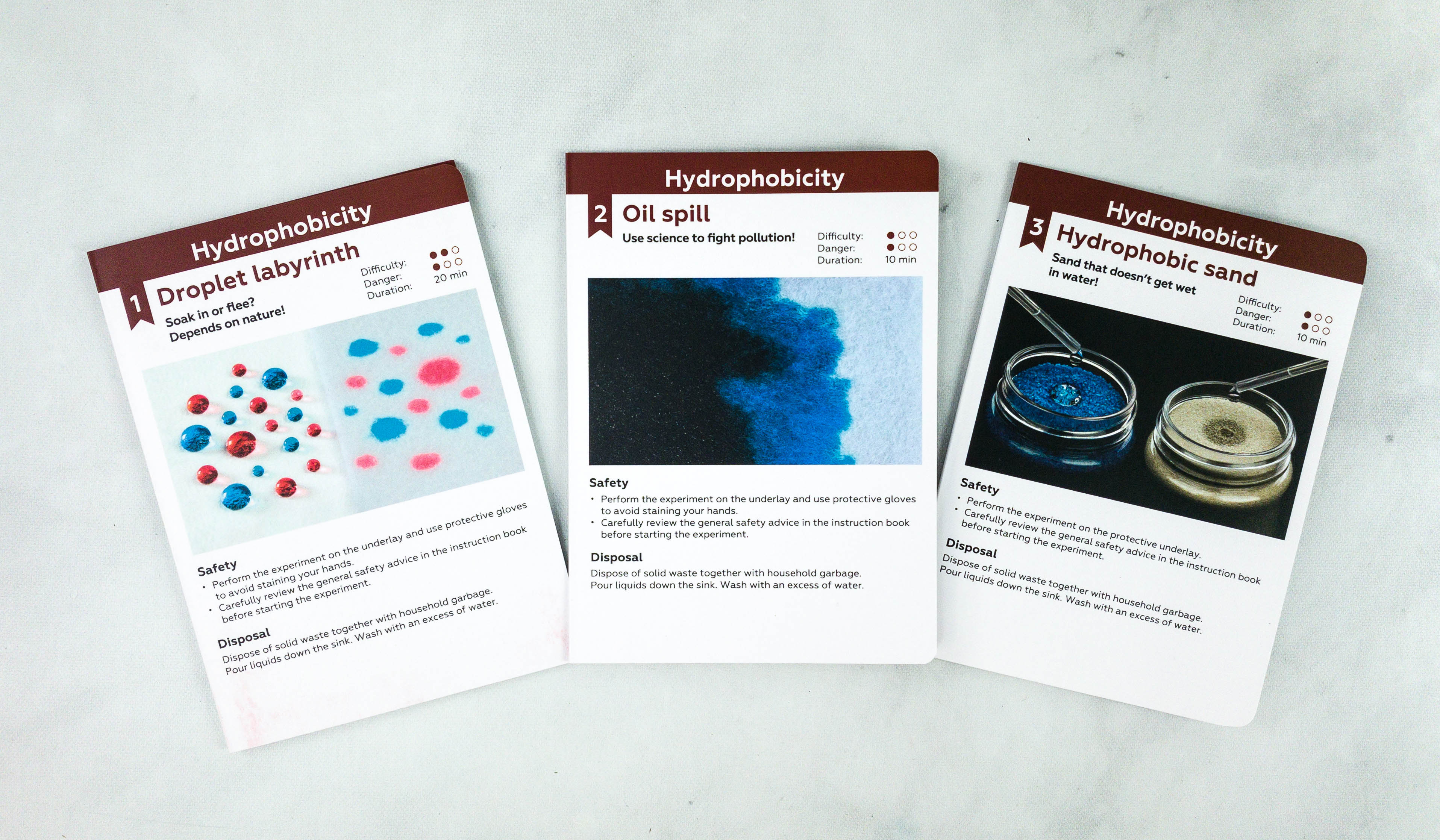
Here are this month’s activities: Droplet Labyrinth, Oil Spill, and Hydrophobic Sand.
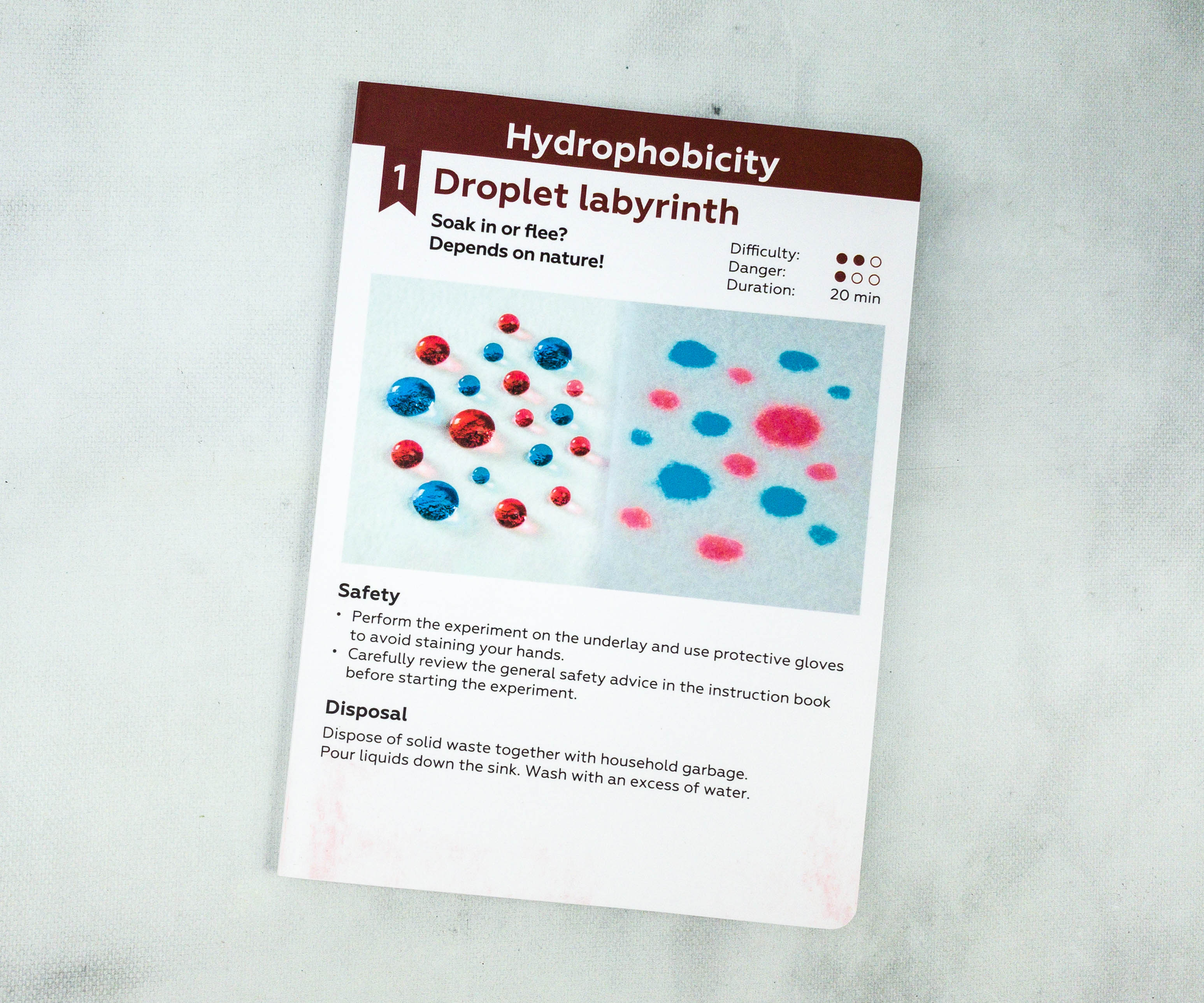
Activity #1: Droplet Labyrinth. This activity is about distinguishing which surface absorbs and repels the liquid mixture. It’s a 20-minute activity with level 2 difficulty and level 1 danger.
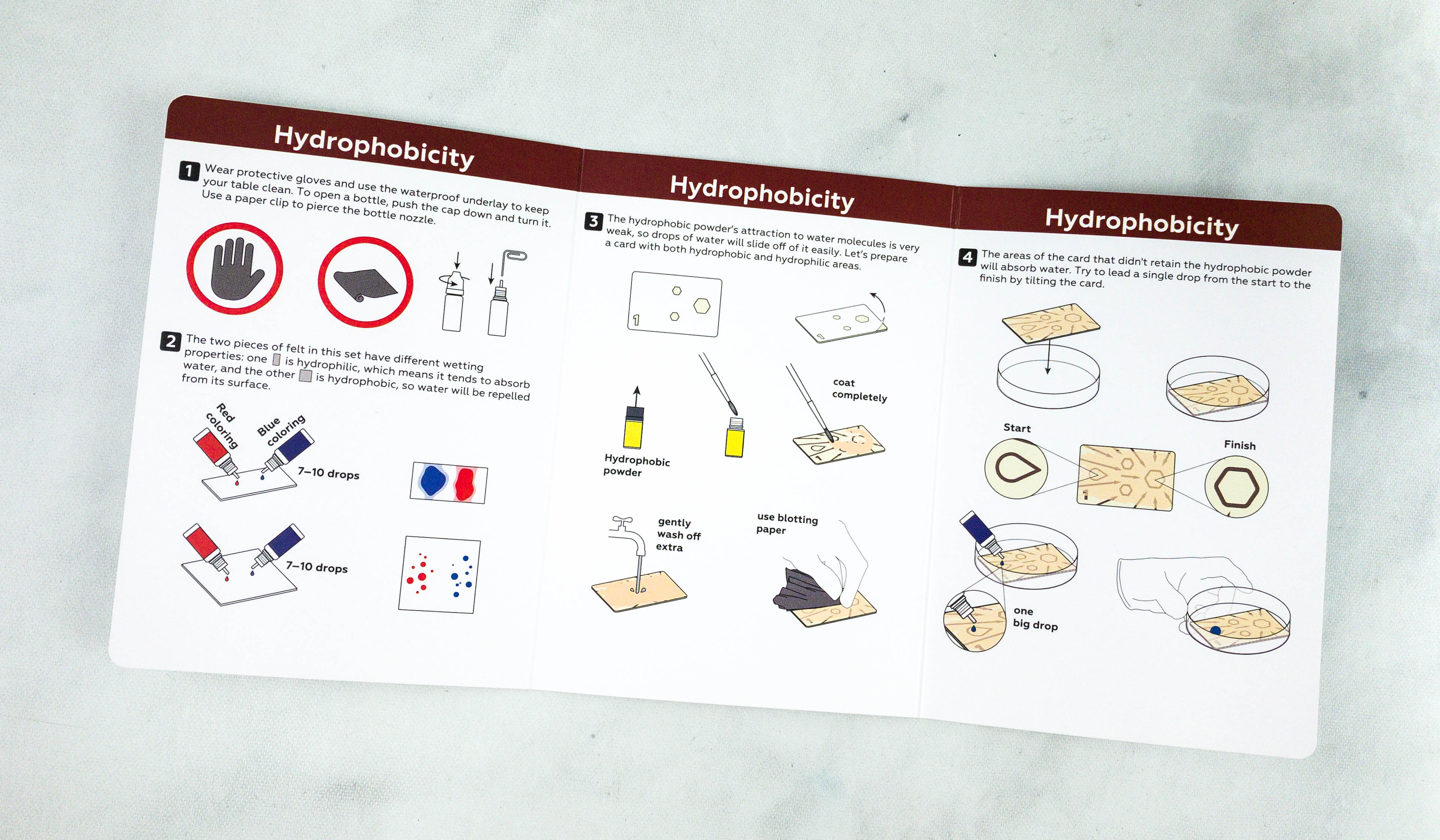
Inside the card is detailed step-by-step instructions with illustrations.
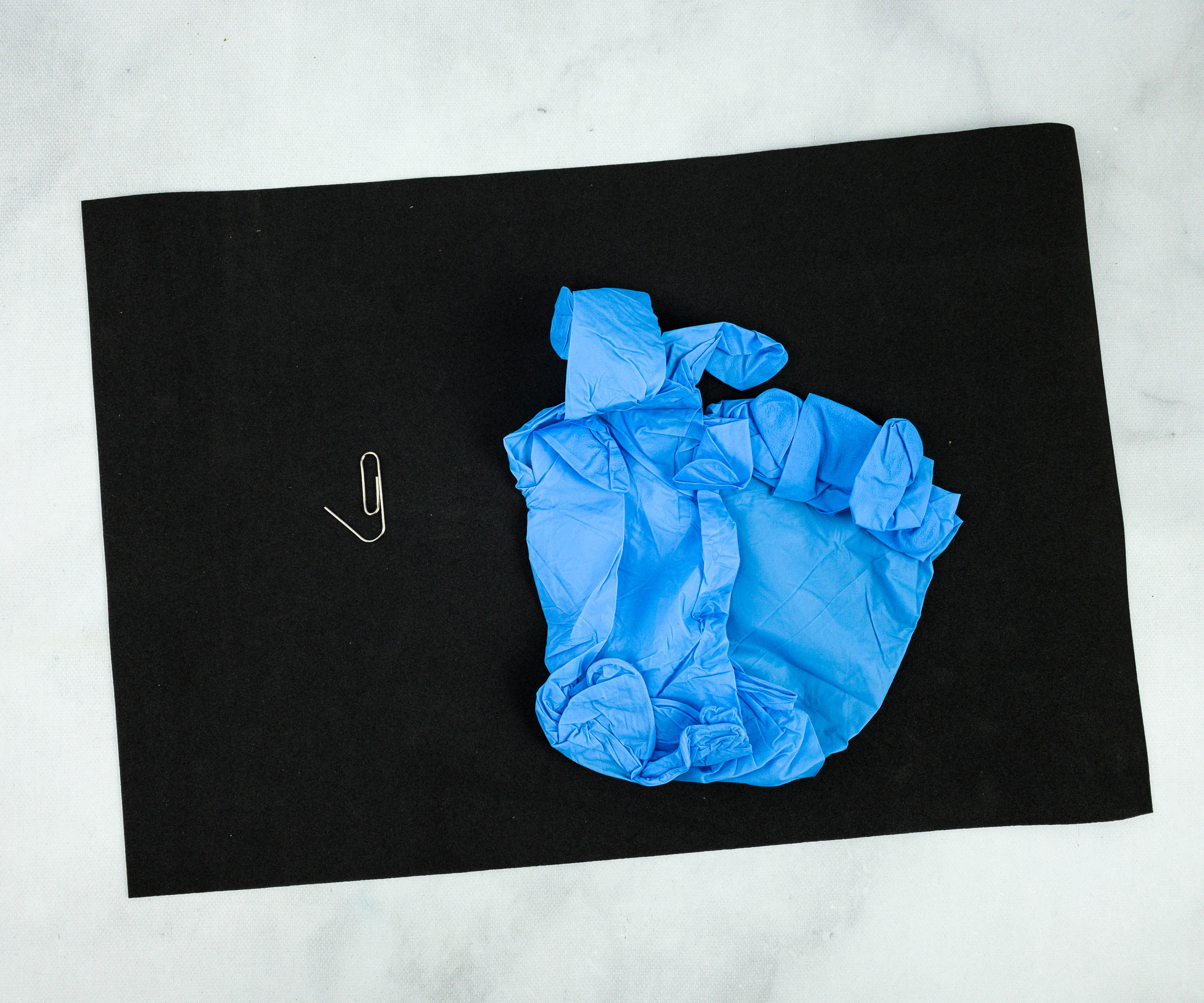
My kids used this waterproof underlay to keep the table clean. The box also provided surgical gloves to protect their hands using the experiment, plus a paper clip for poking a hole on the bottle nozzles.
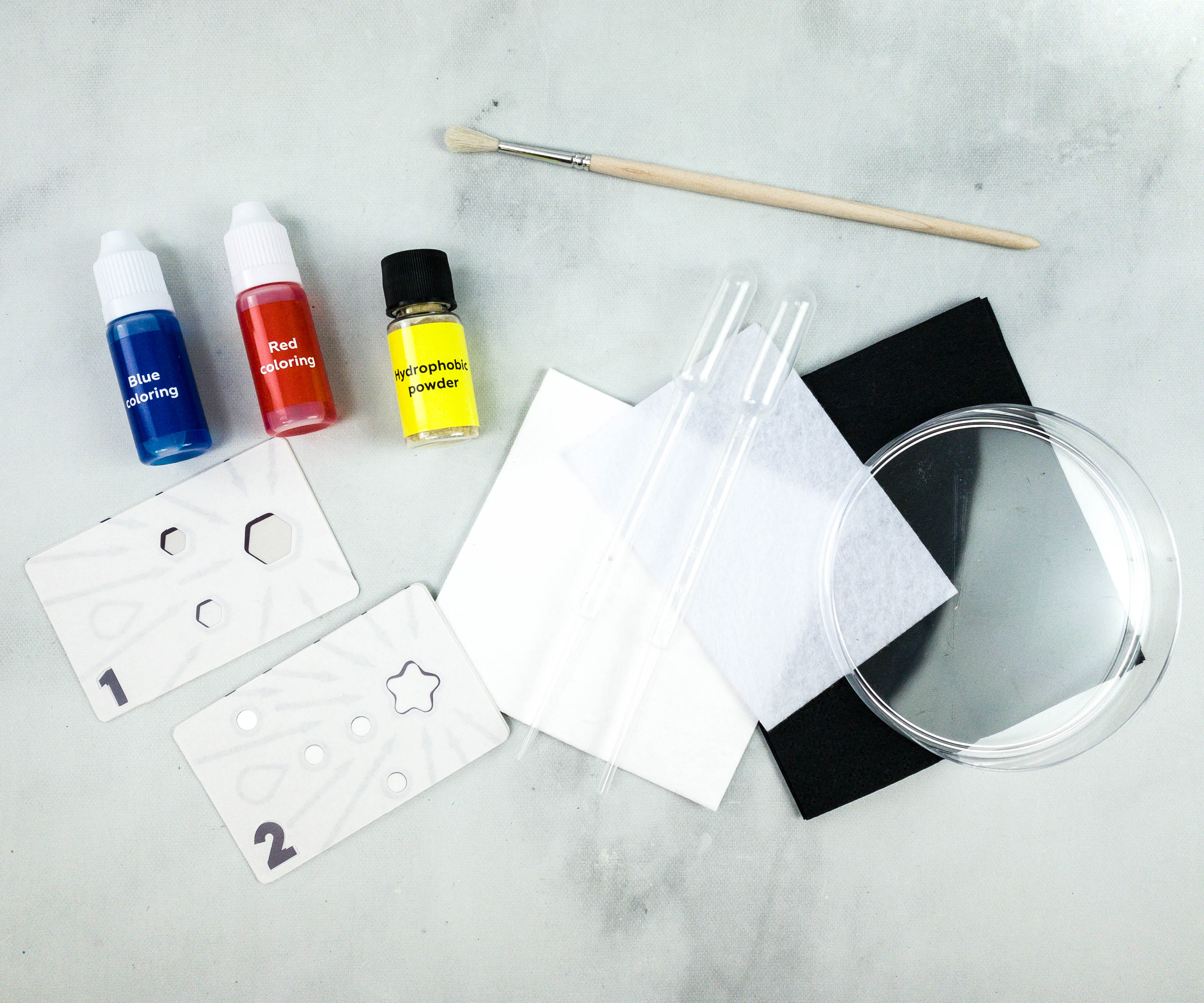
The kit also provided 2 labyrinth cards, a paintbrush, coloring liquid, hydrophobic powder, Pasteur pipette, and petri dish.
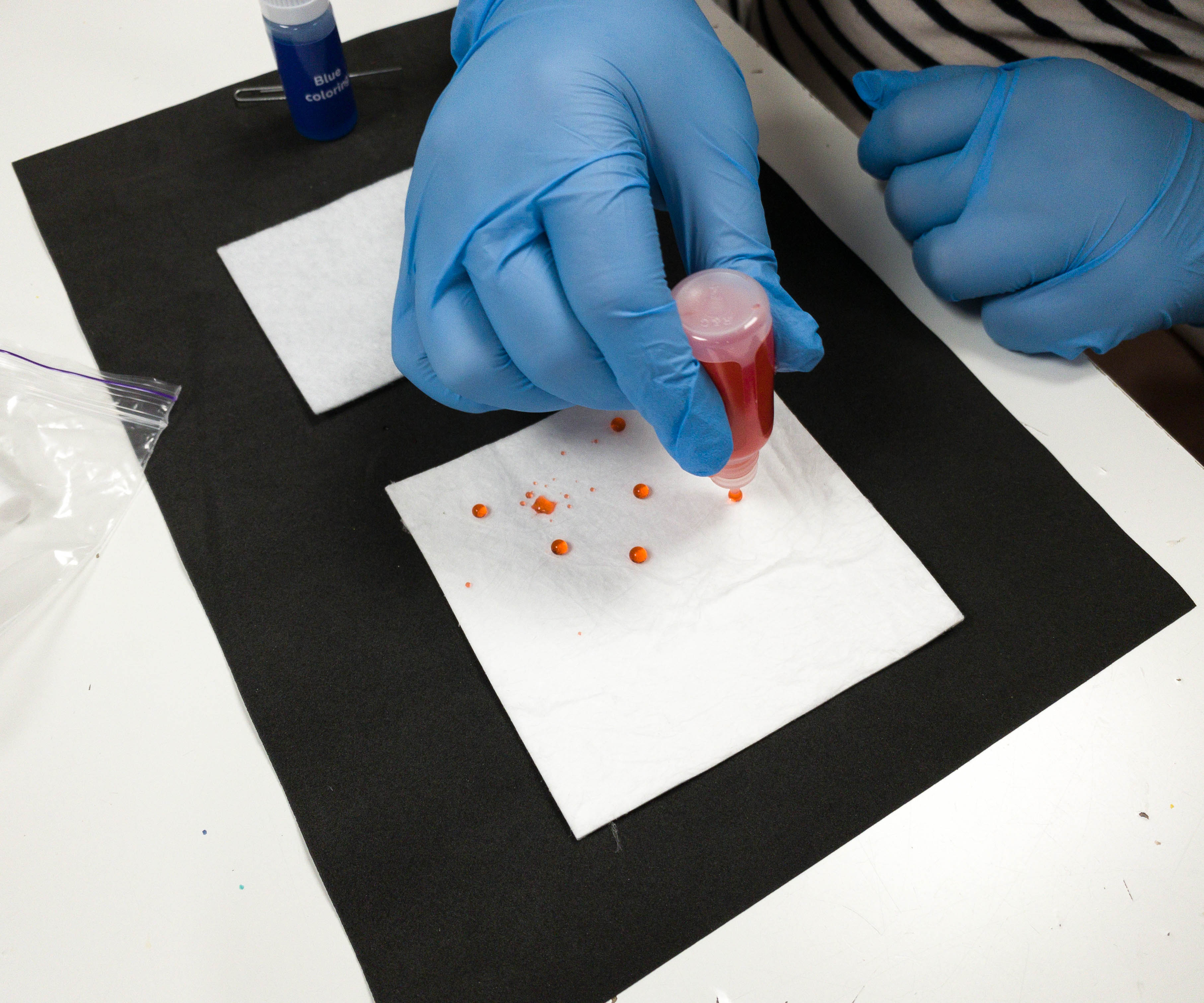
My daughter started by preparing two different pieces of felt paper: one is hydrophobic and the other is the hydrophilic felt paper.

She put 7-10 droplets of colored liquid on the hydrophobic felt paper. The droplets were repelled and they kept their form.
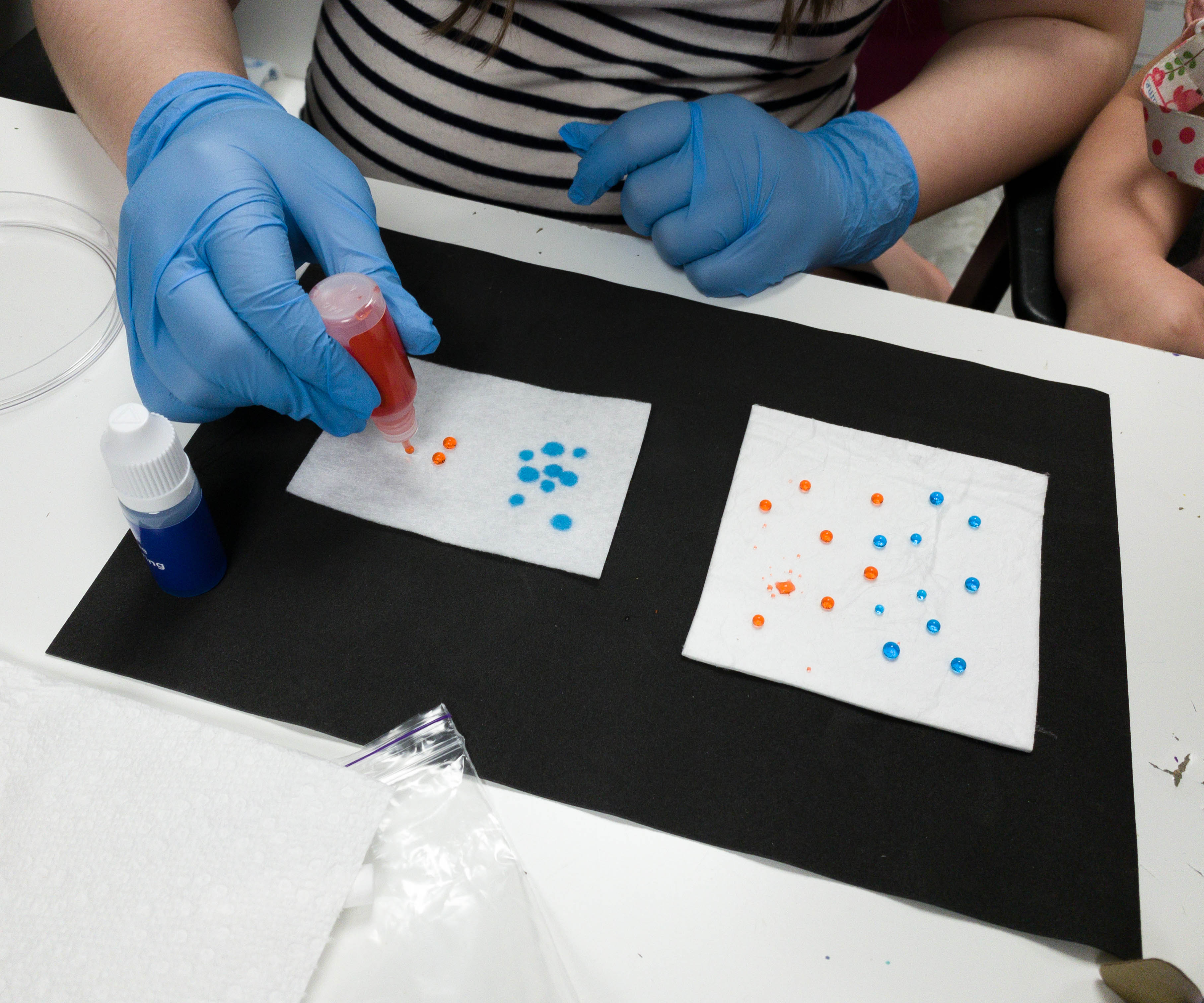
She then put droplets of colorings on the hydrophilic felt paper, and as expected, they quickly flattened and absorbed.
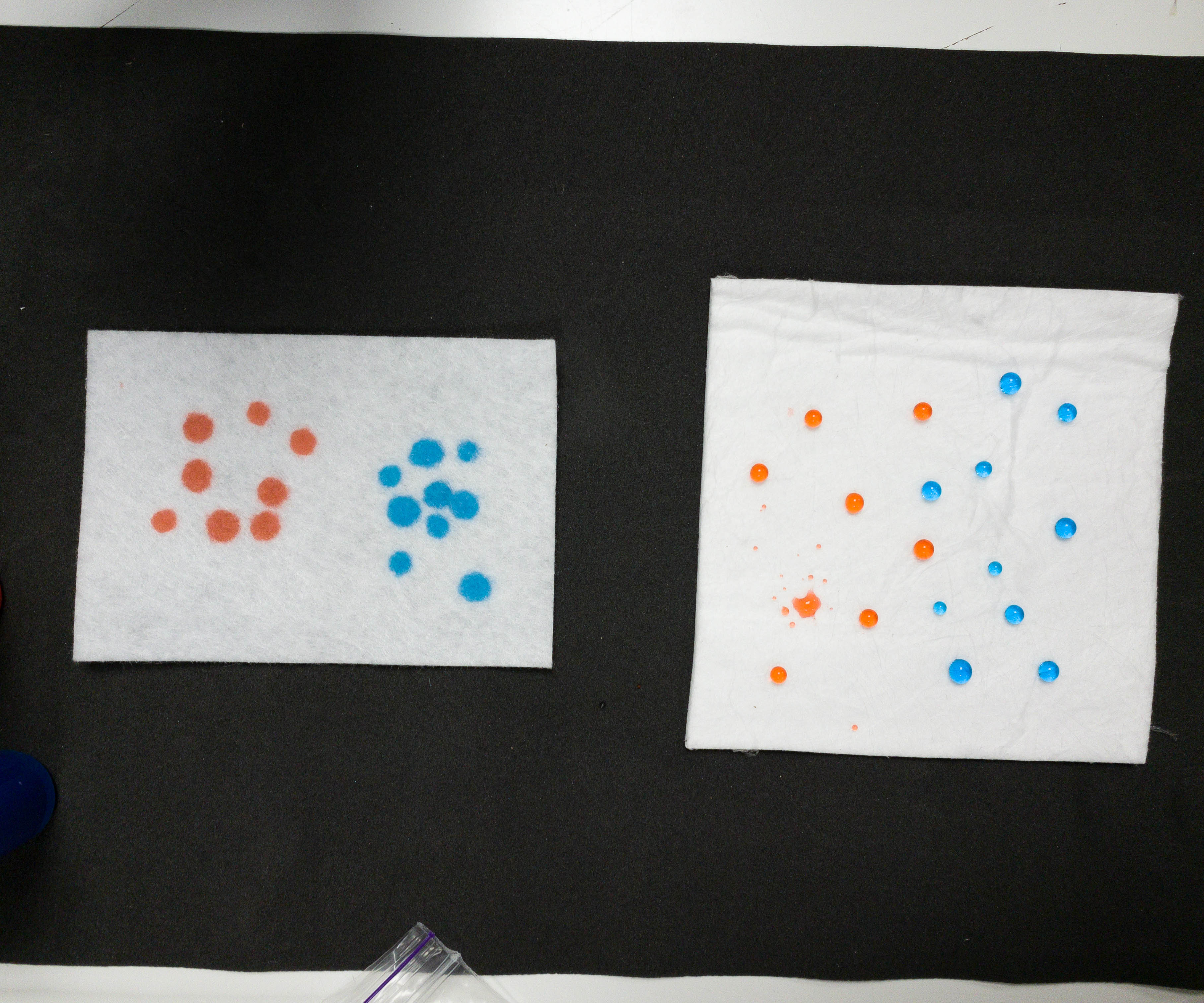
Ordinary felt paper absorbs water but once we put hydrophobic powder on the paper, it weakens the absorbing property of the paper, making the water droplet slide on the surface and stay as is.
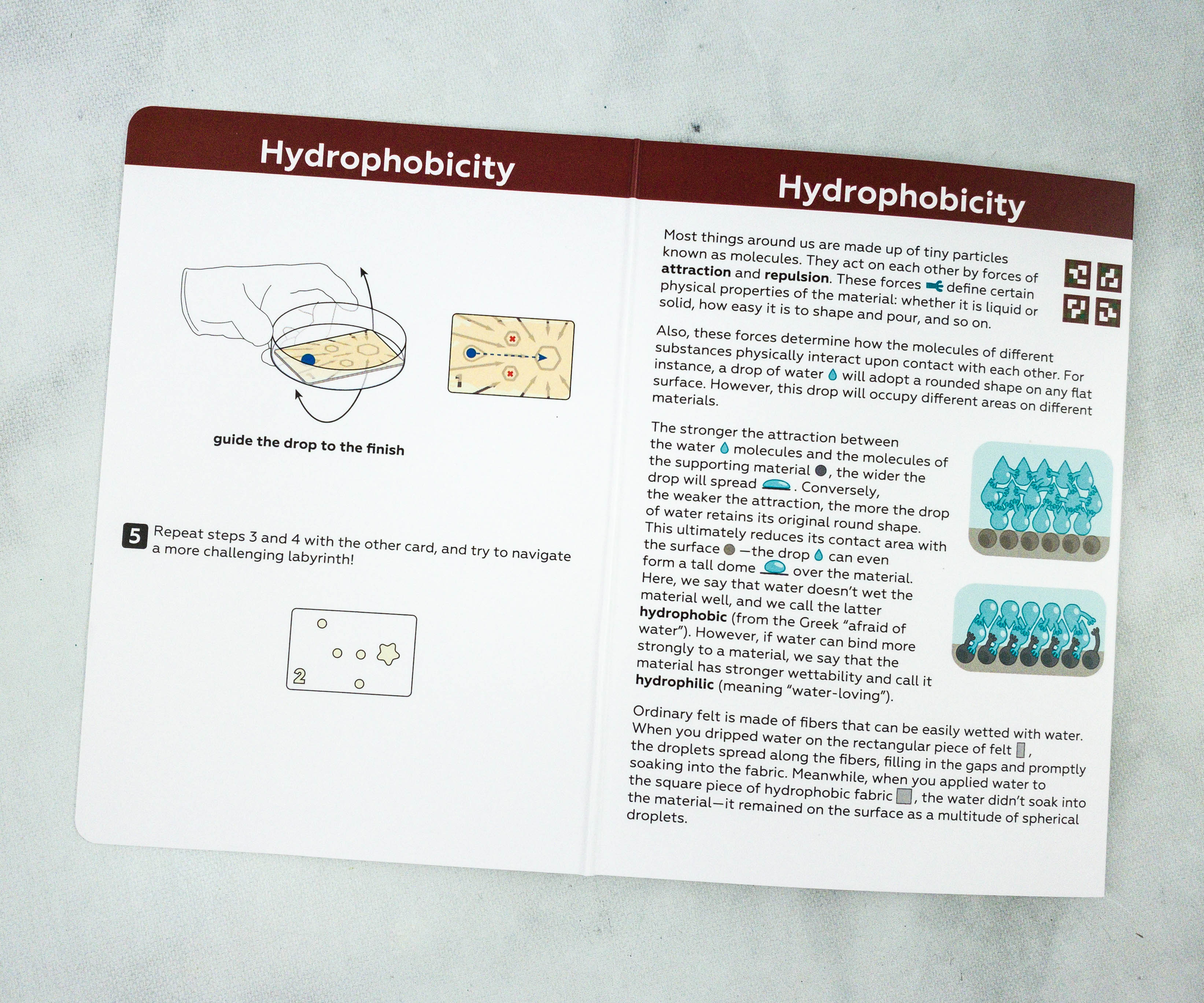
To make this experiment more interesting, my daughter also tried it on a different surface other than the felt papers.
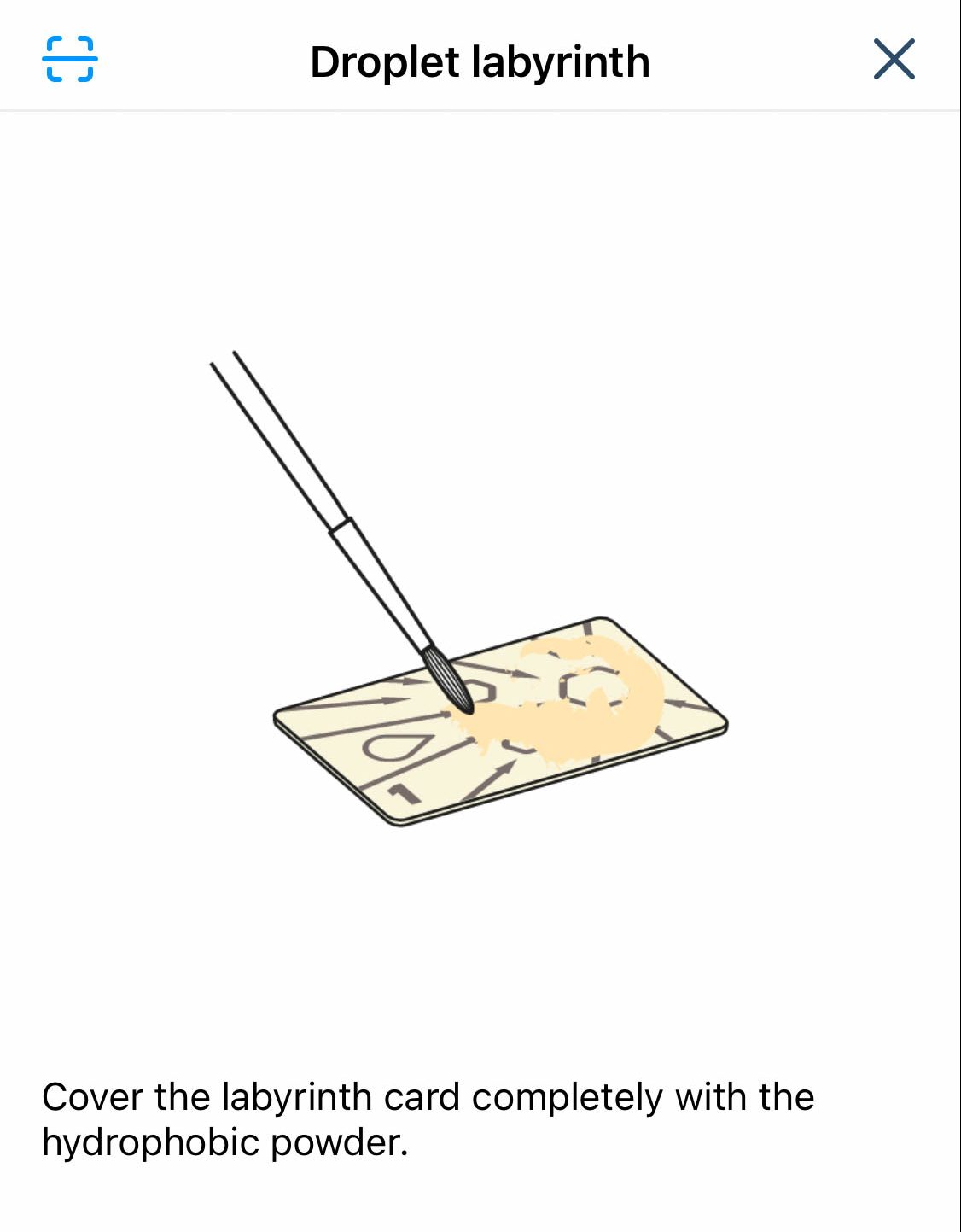
This time, she used the labyrinth card!
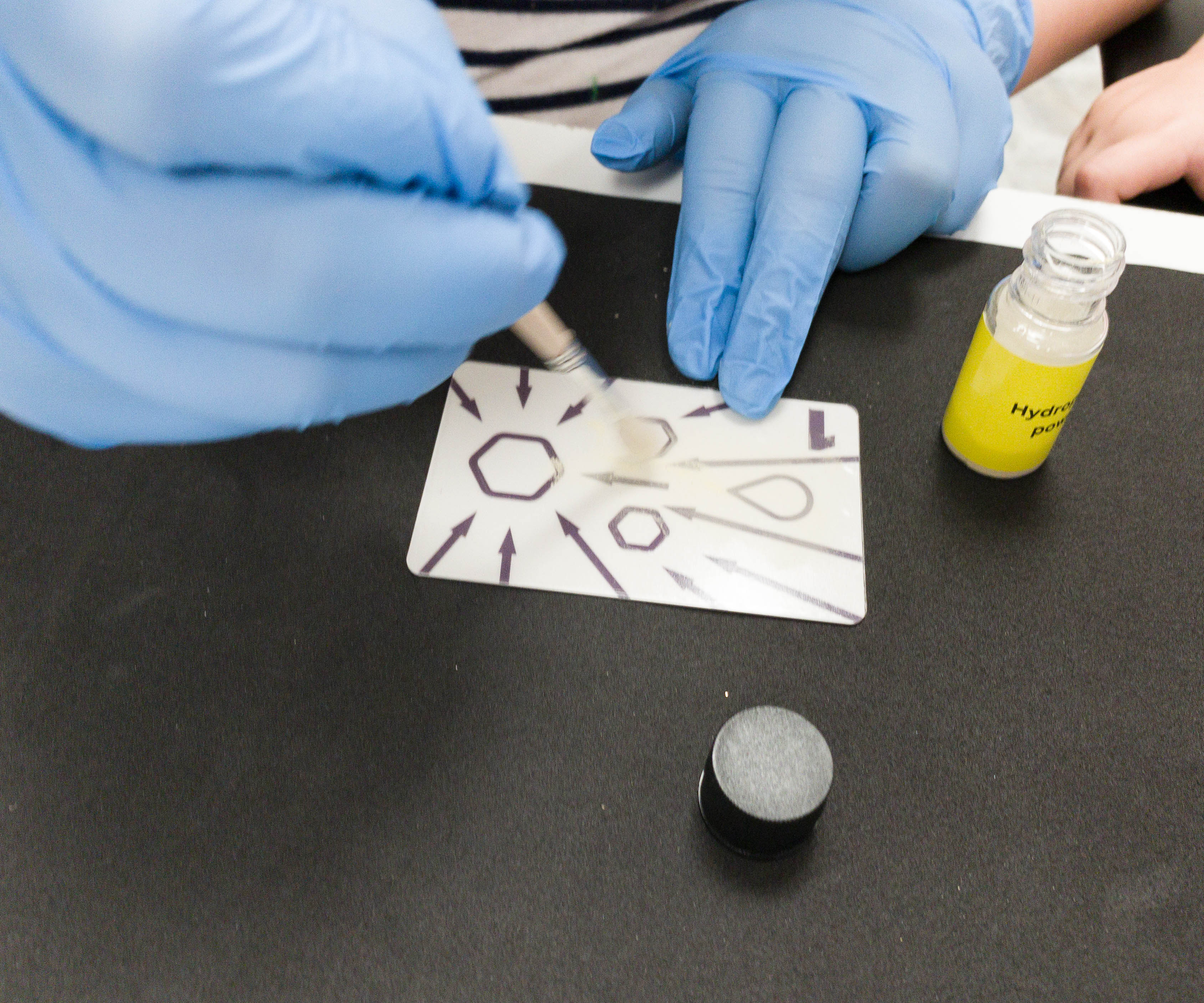
She coated the card with hydrophobic powder using the paintbrush.

Then, she put the card on the petri dish and placed a droplet of colored water on one side of it.
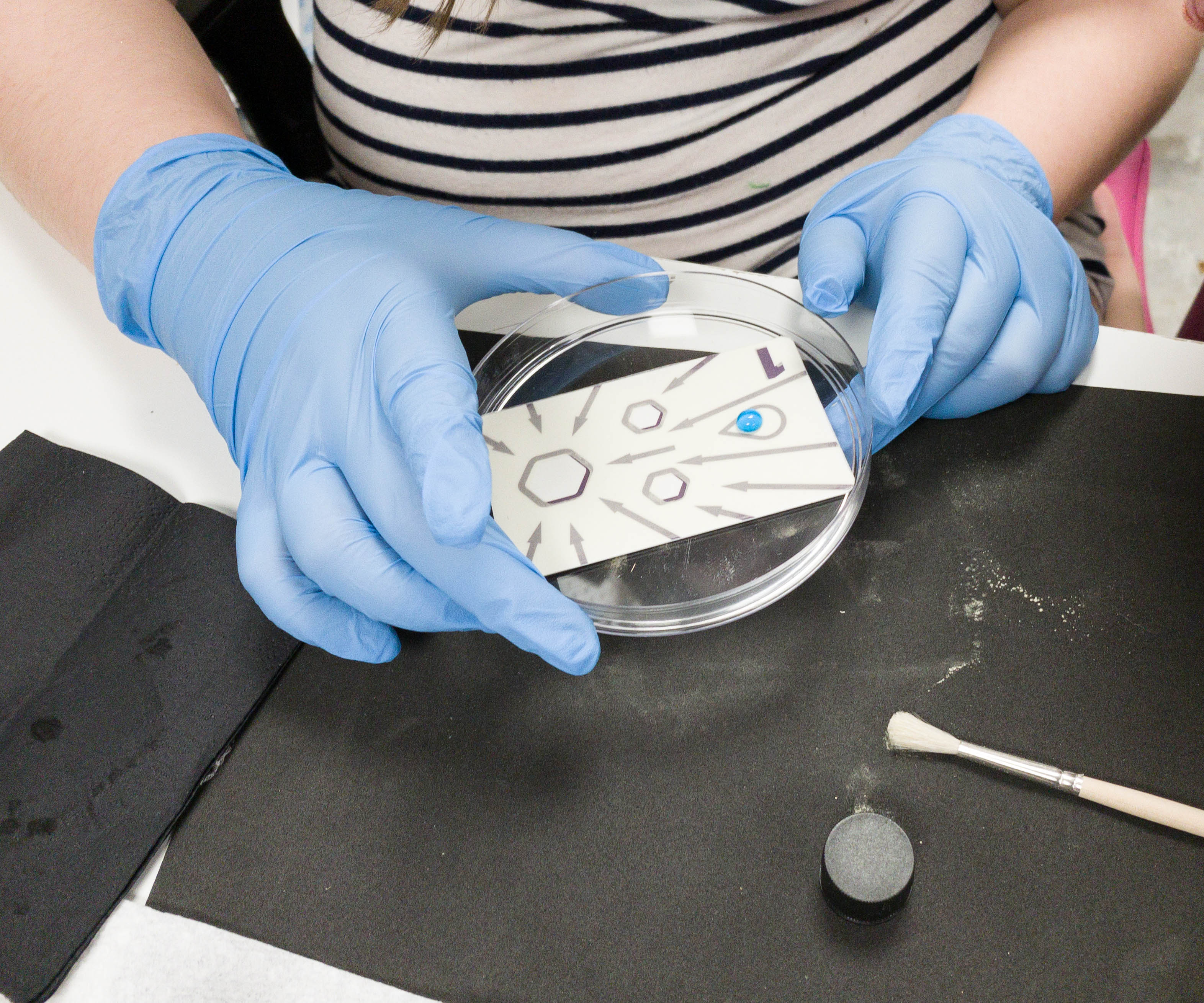
Once the droplet is placed, she grabbed the petri dish and let it slide to the hexagon-shaped finish line.
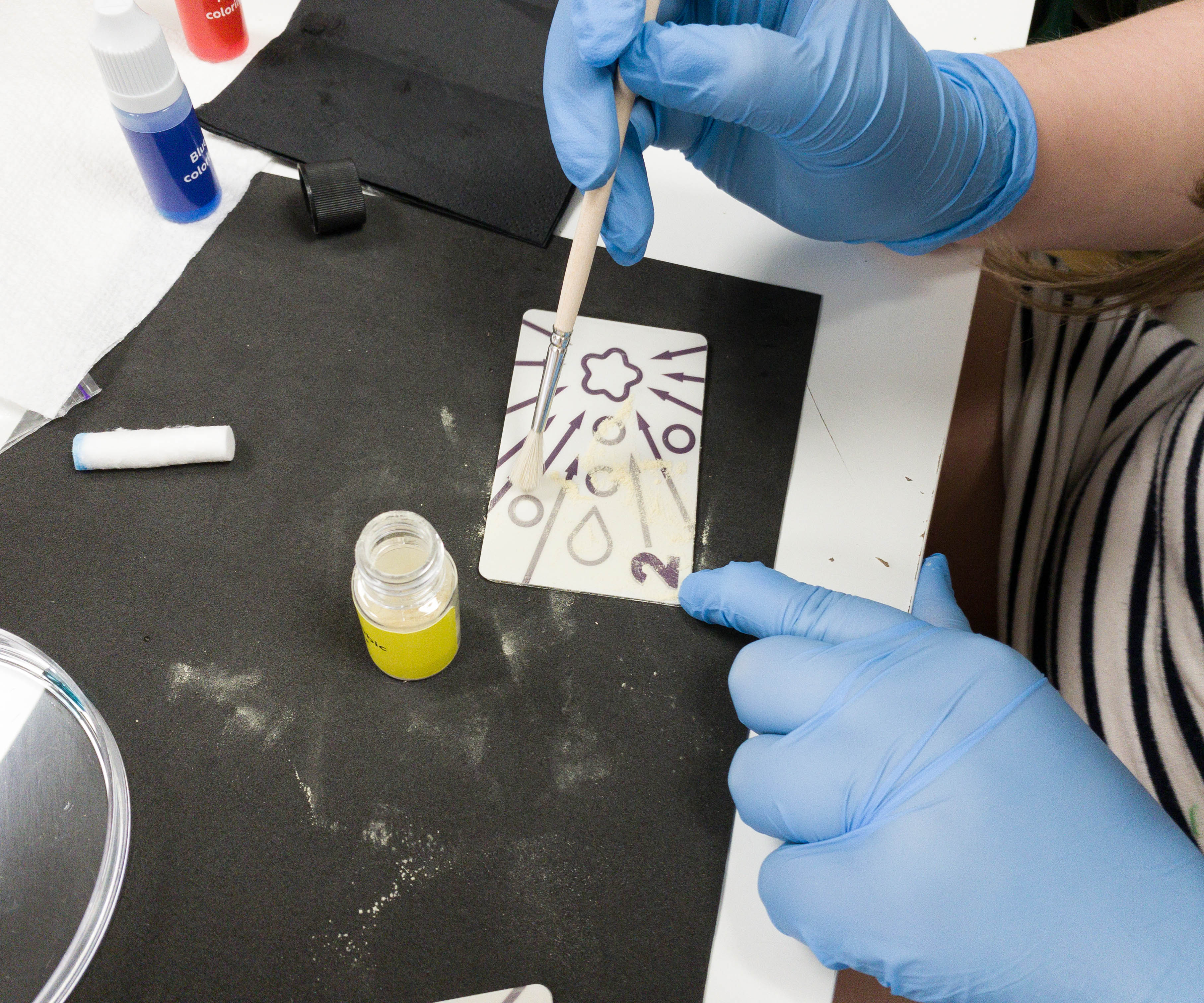
For the second card, my daughter coated it again with hydrophobic powder, and this time she made it a bit thicker to see how the droplet of water will react with the changes.
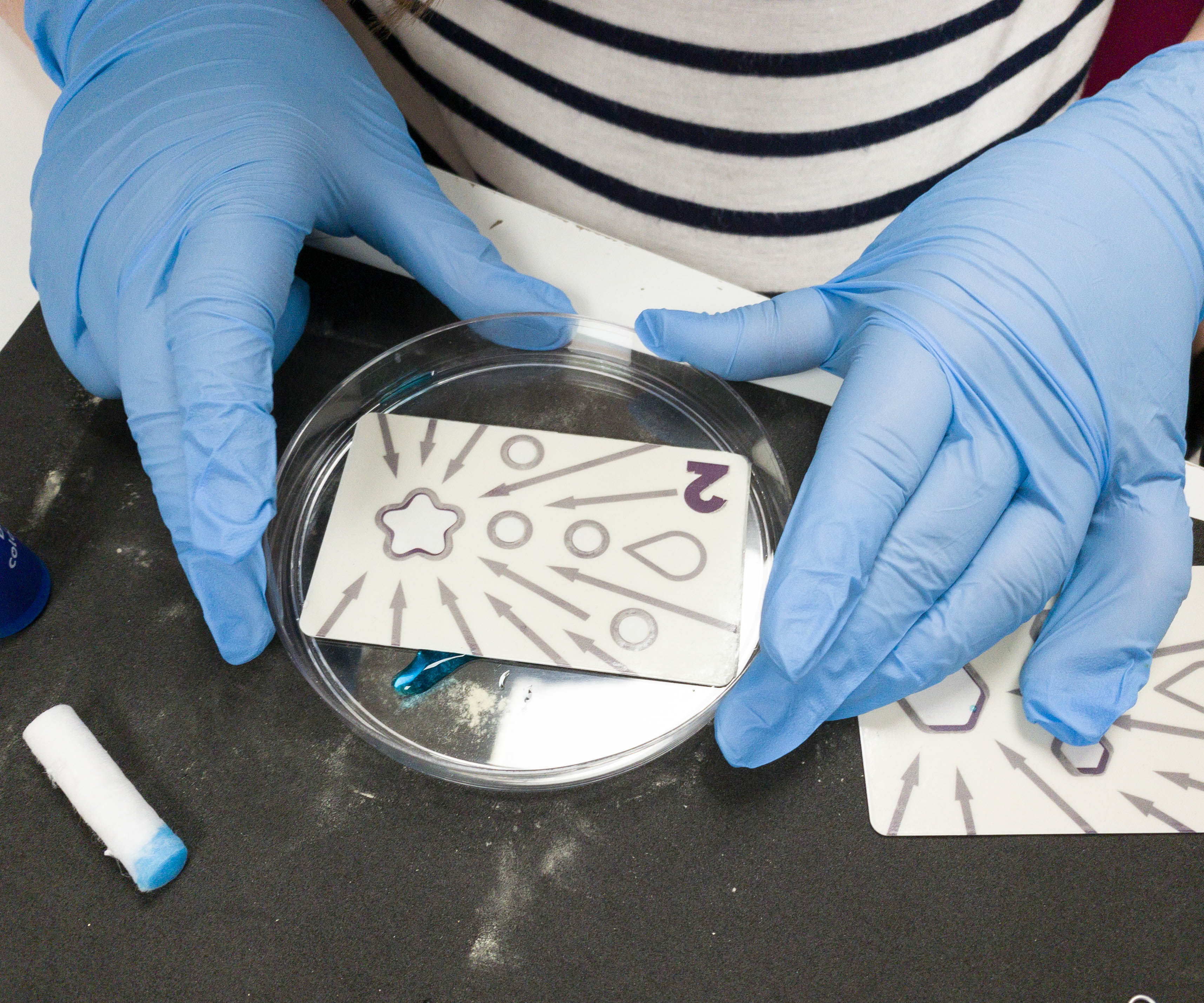
Since the coating is a bit thicker, the droplet slid faster than the first one, resulting to a harder control over the liquid droplet.

After many times of trying, she finally succeeded to put the drop inside the star shape.

Activity #2: Oil Spill. This second activity helps kids understand the process of oil spills. It’s a 10-minute exercise with both level 1 difficulty and danger.

The instruction sheet is as detailed as expected, the illustration was really of big help on every step of the project.
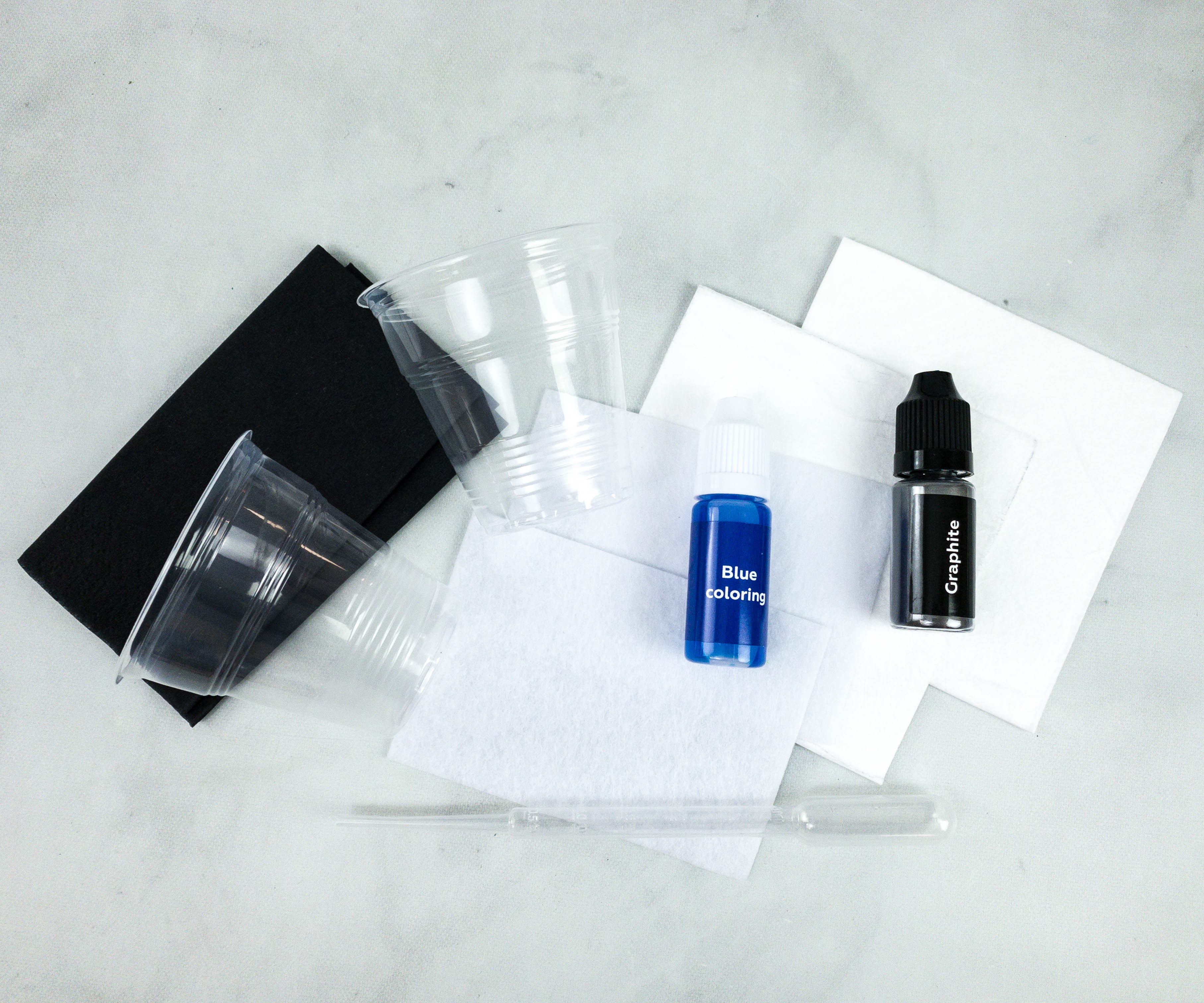
For this, the kit provided colored water, vegetable oil, graphite, hydrophobic and hydrophilic felt papers, plastic cups, waterproof underlay, and pasteur pipette.
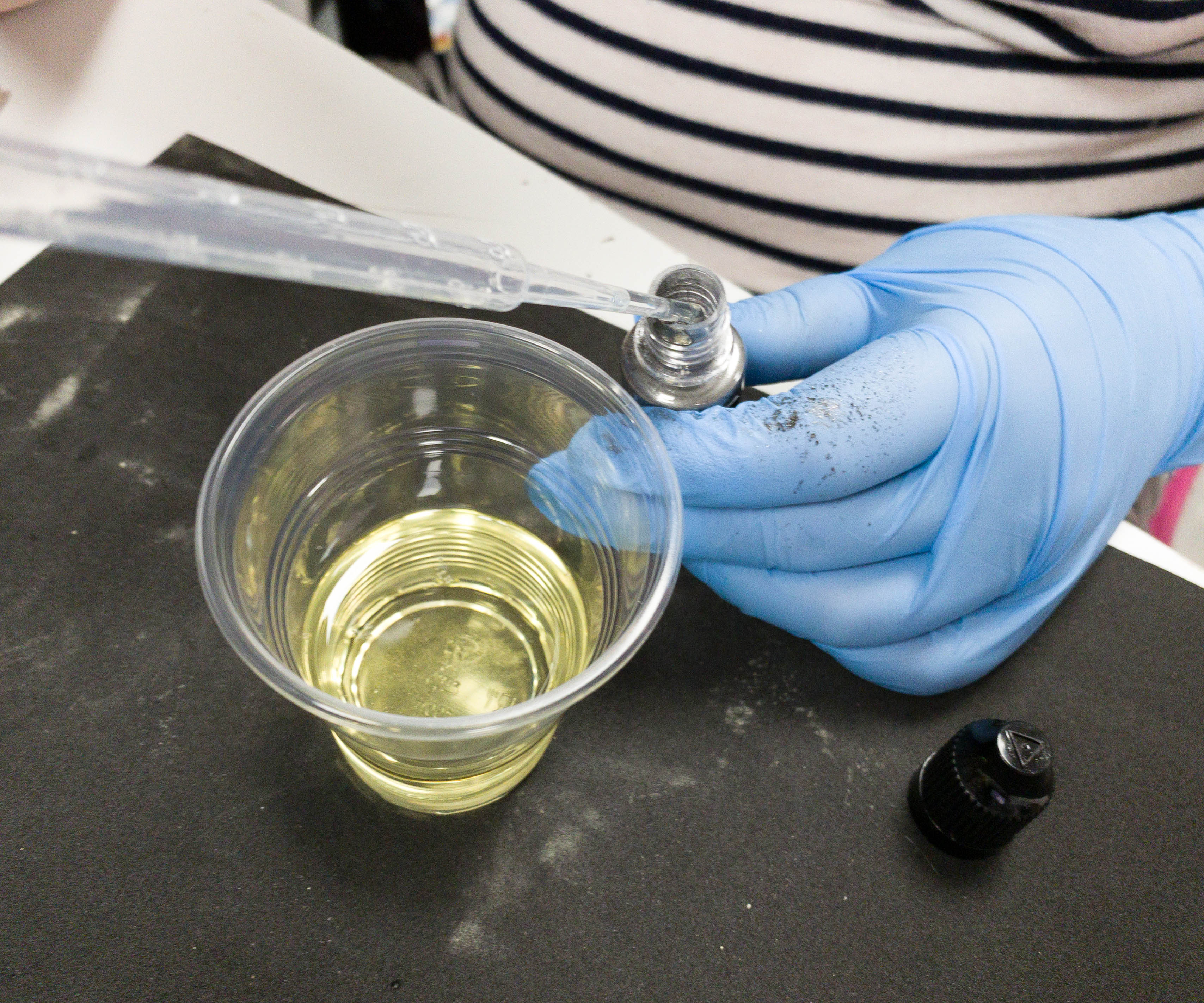
My daughter poured a quarter cup full of vegetable oil on a plastic cup and a few droplets of graphite. The mixture of graphite and vegetable oil resembles the property and texture of petrolium.
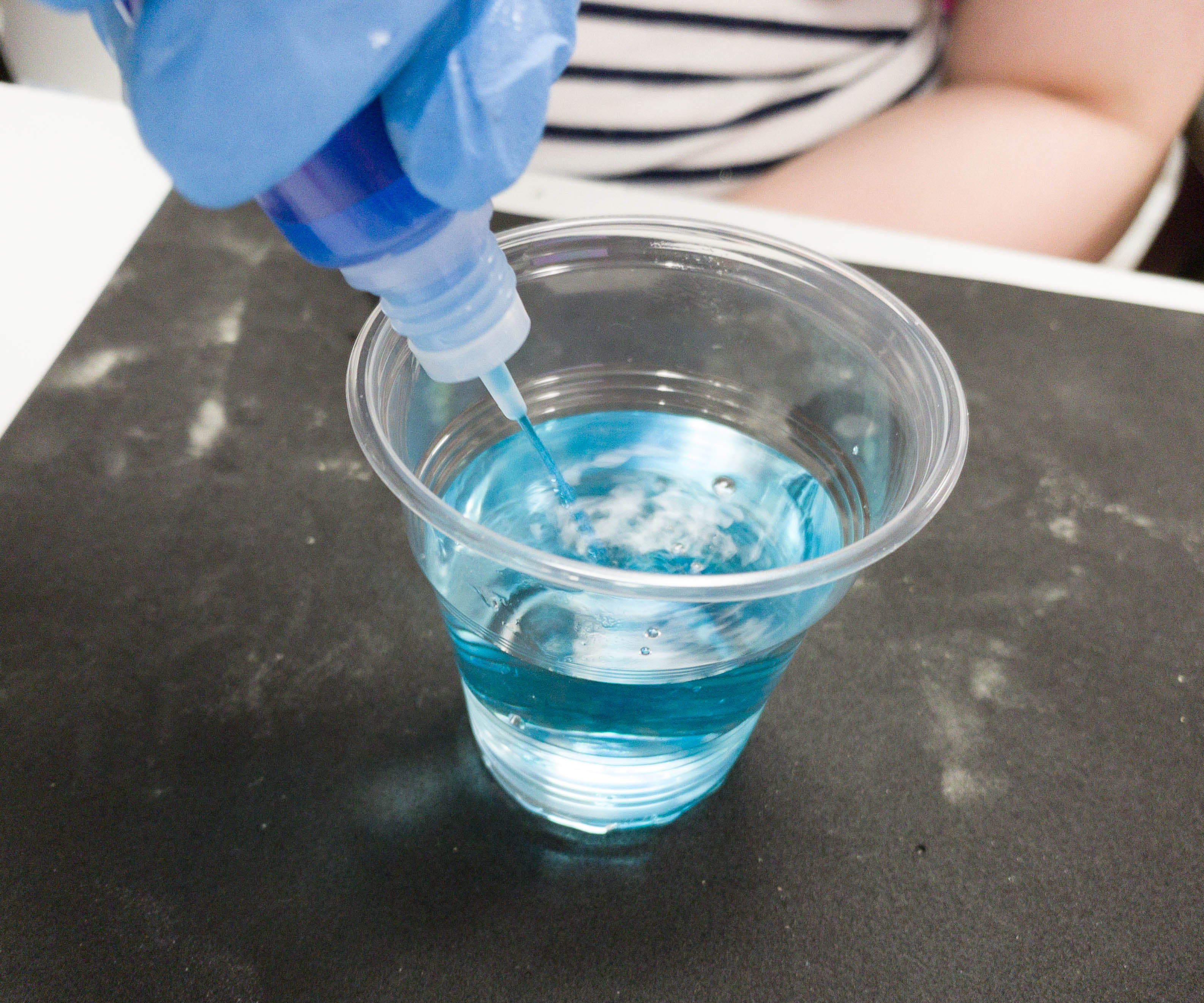
She then poured water on the other plastic cup until it was half full and put 5 droplets of blue colored liquid in it. This one resembles the ocean.
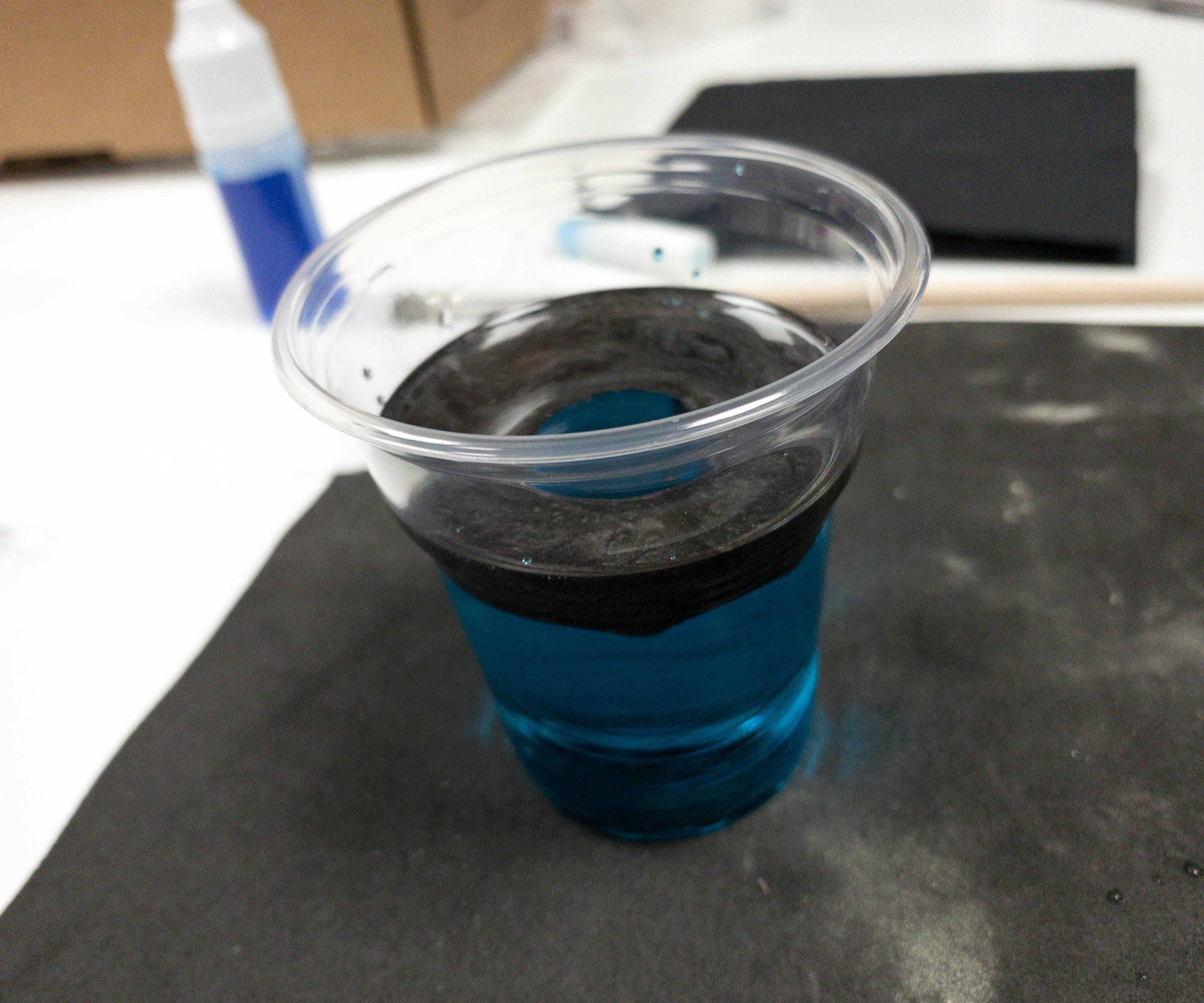
The next step is to pour the graphite and vegetable oil mixture on the water and observe. Check out how the graphite mixture separated itself from the colored water. The reason for this is the hydrophobic property and lower density of vegetable oil.
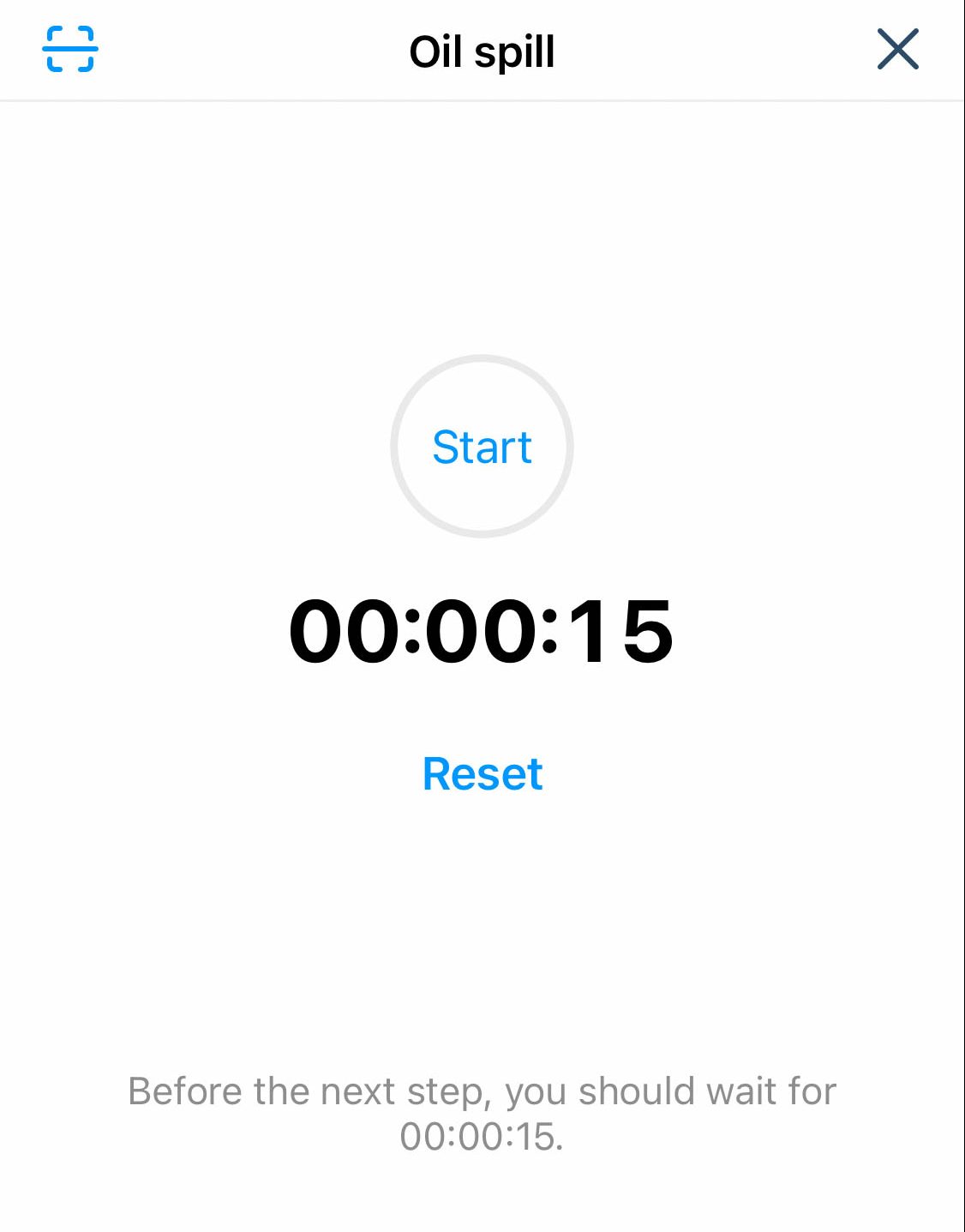
According to the app, after working on the mixture, you have to wait for 15 more seconds before proceeding to the next step.
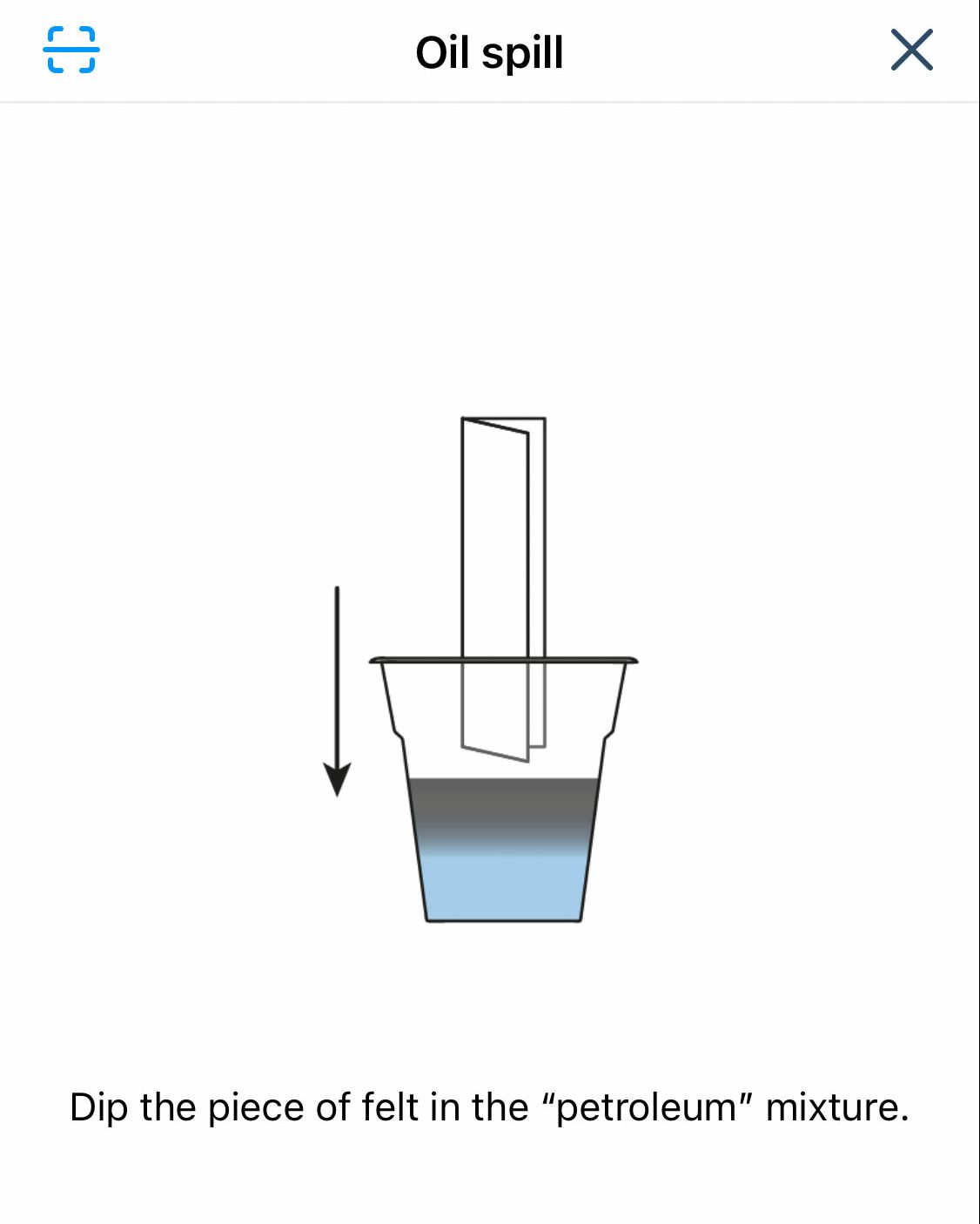
After 15 seconds, the next step is to place the felt papers on the mixture.
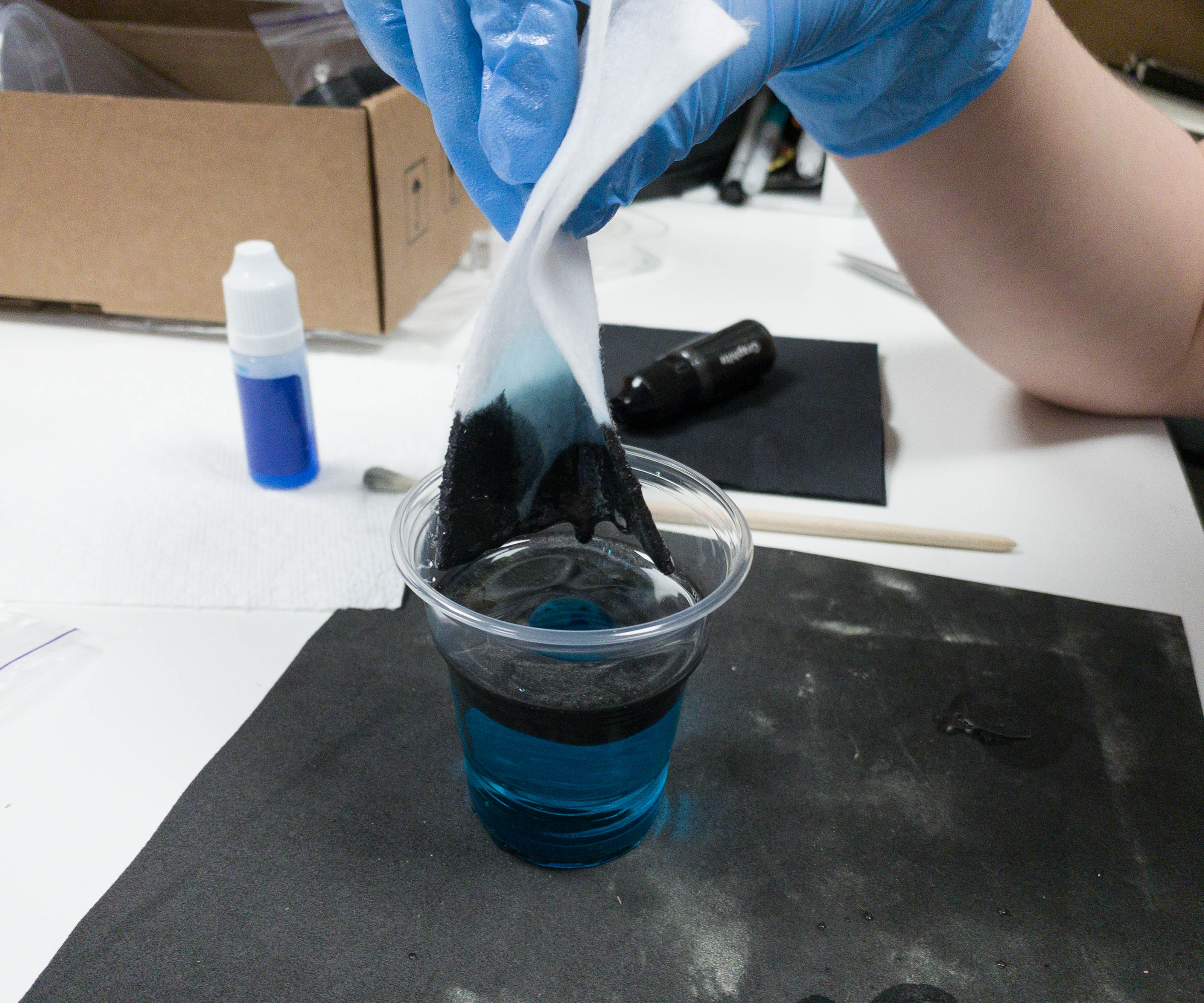
My daughter submerged the hydrophilic felt paper on the mixture and then pulled it back.
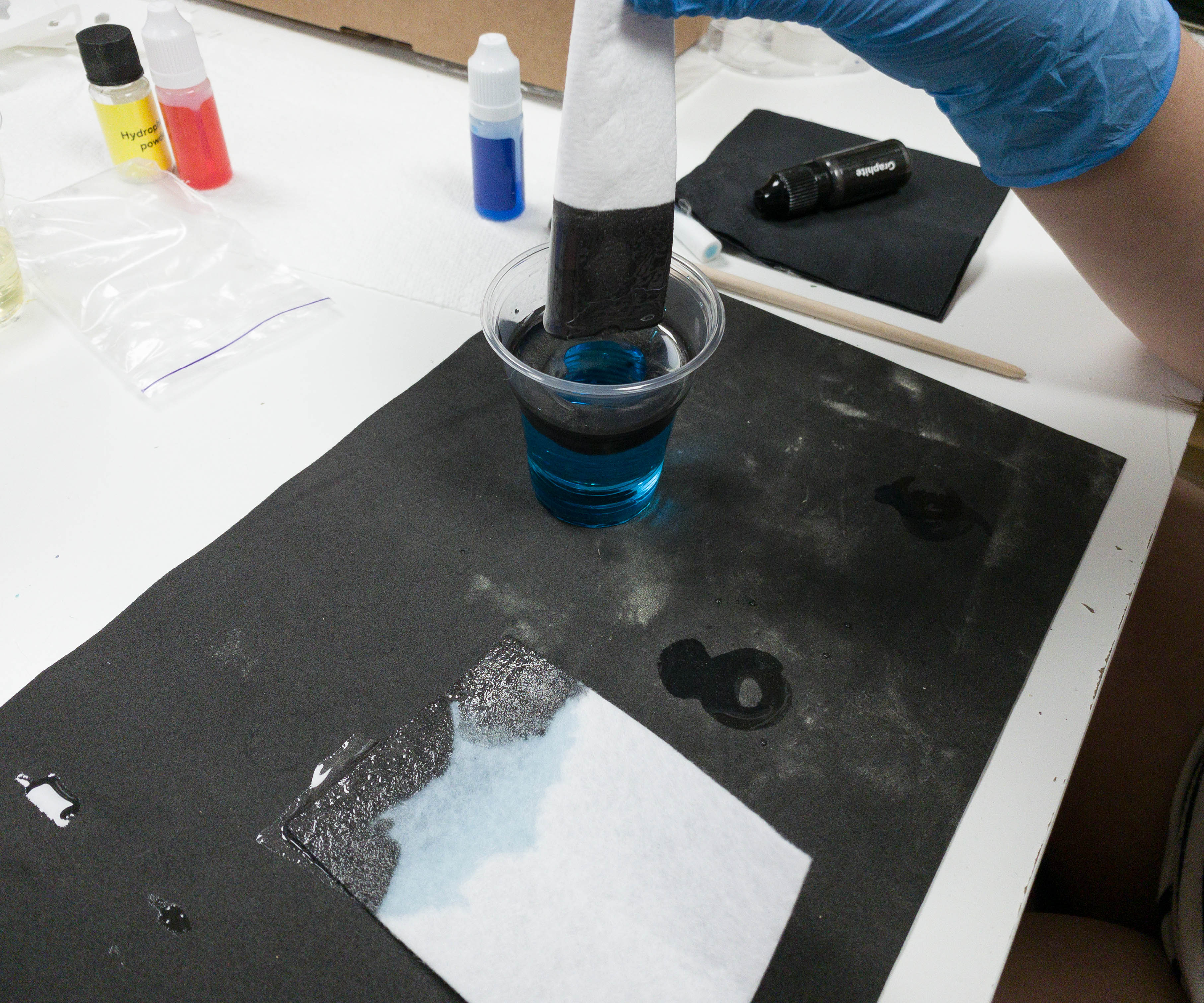
Next, she grabbed the hydrophobic felt paper, submerged it on the mixture, and pulled it back as well.
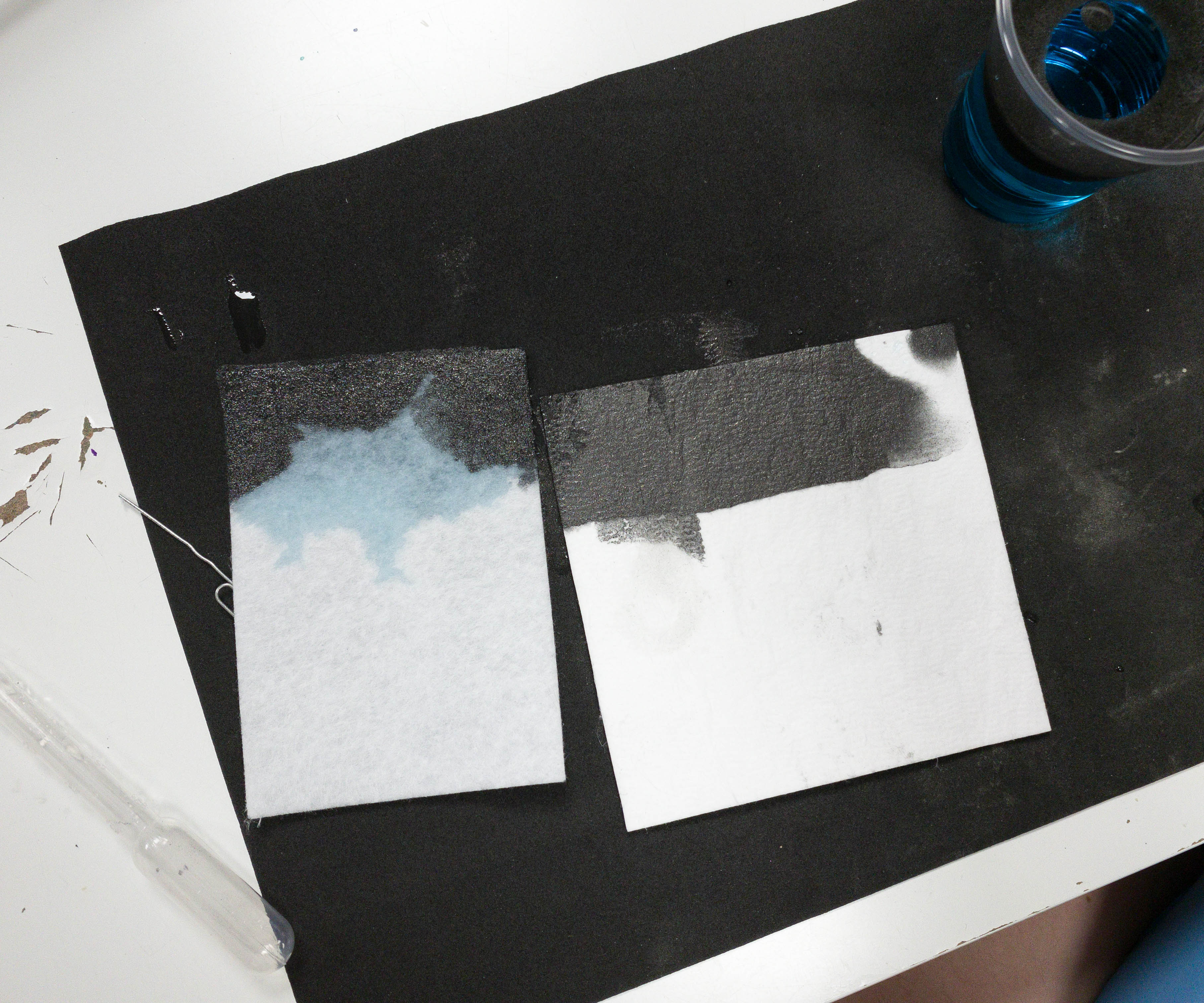
Can you see the difference? The hydrophilic felt paper absorbed both the water and the graphite mixture, while the hydrophobic paper absorbed only the graphite mixture.
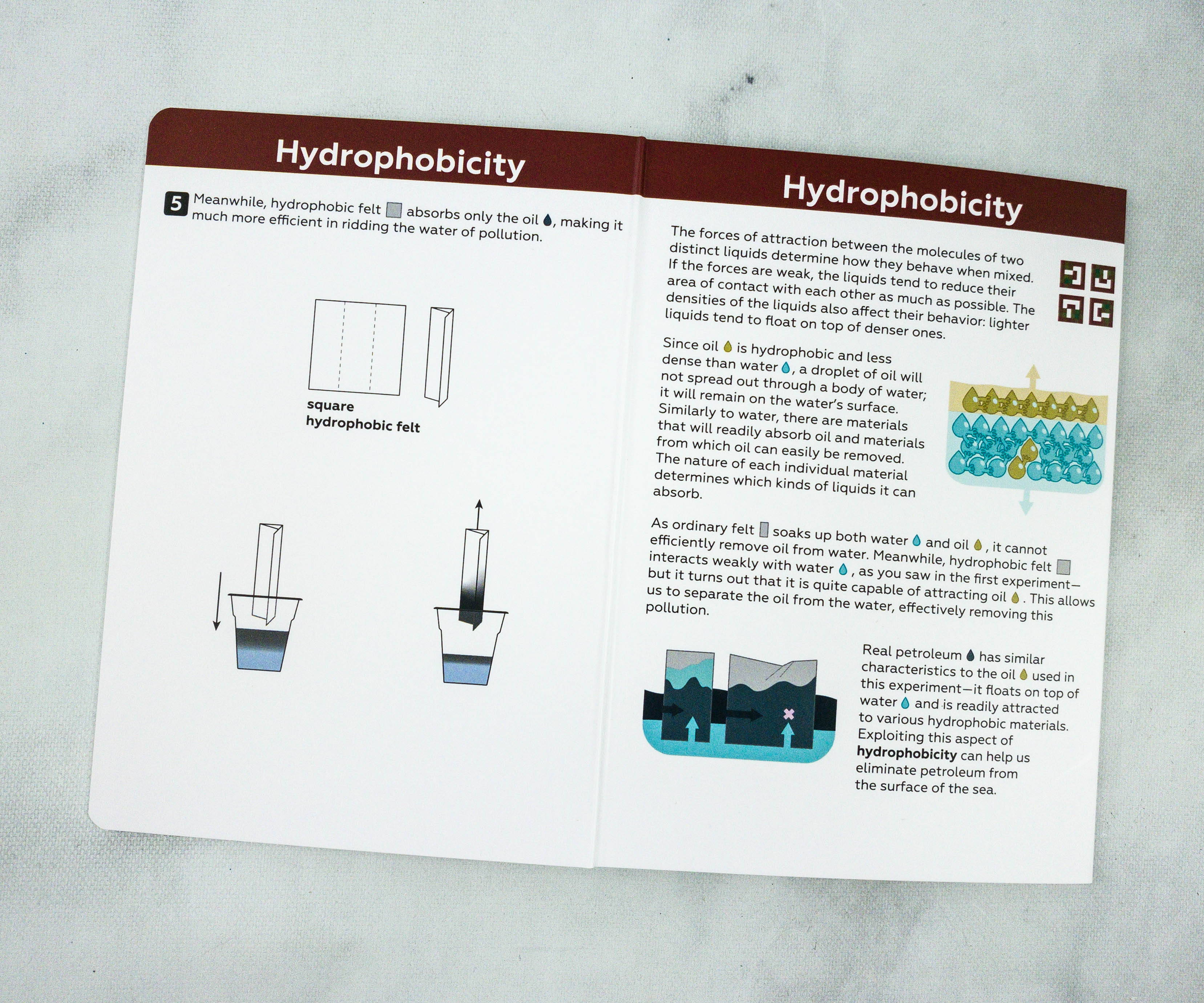
According to this part of the sheet, the reason for this phenomenon is that the hydrophobic paper only repels water and only attracts another hydrophobic mixture.
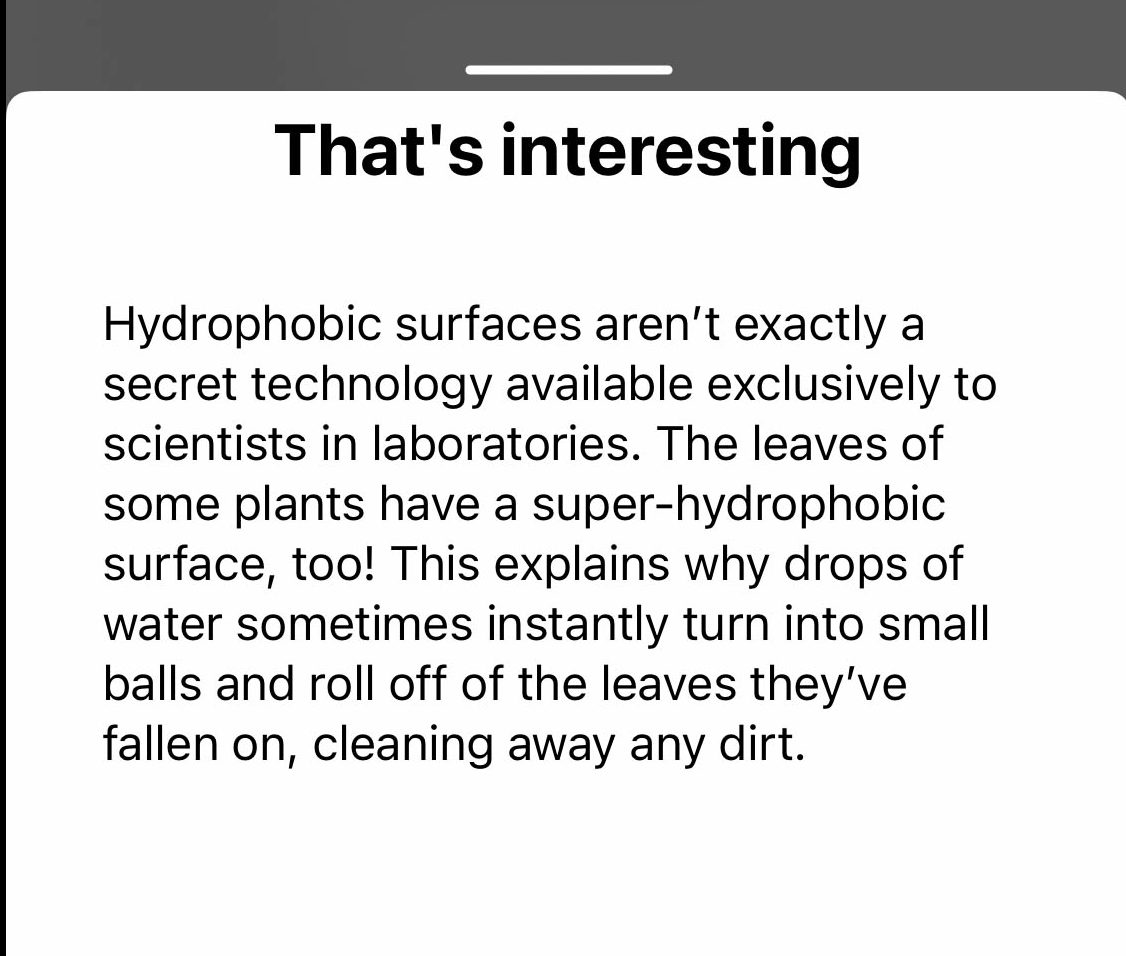
This experiment is one of the key process in cleaning oil spills in the ocean. It only absorbs the petroleum particles over water.

Activity #3: Hydrophobic Sand. The third project is about making sand that doesn’t get wet in the water.
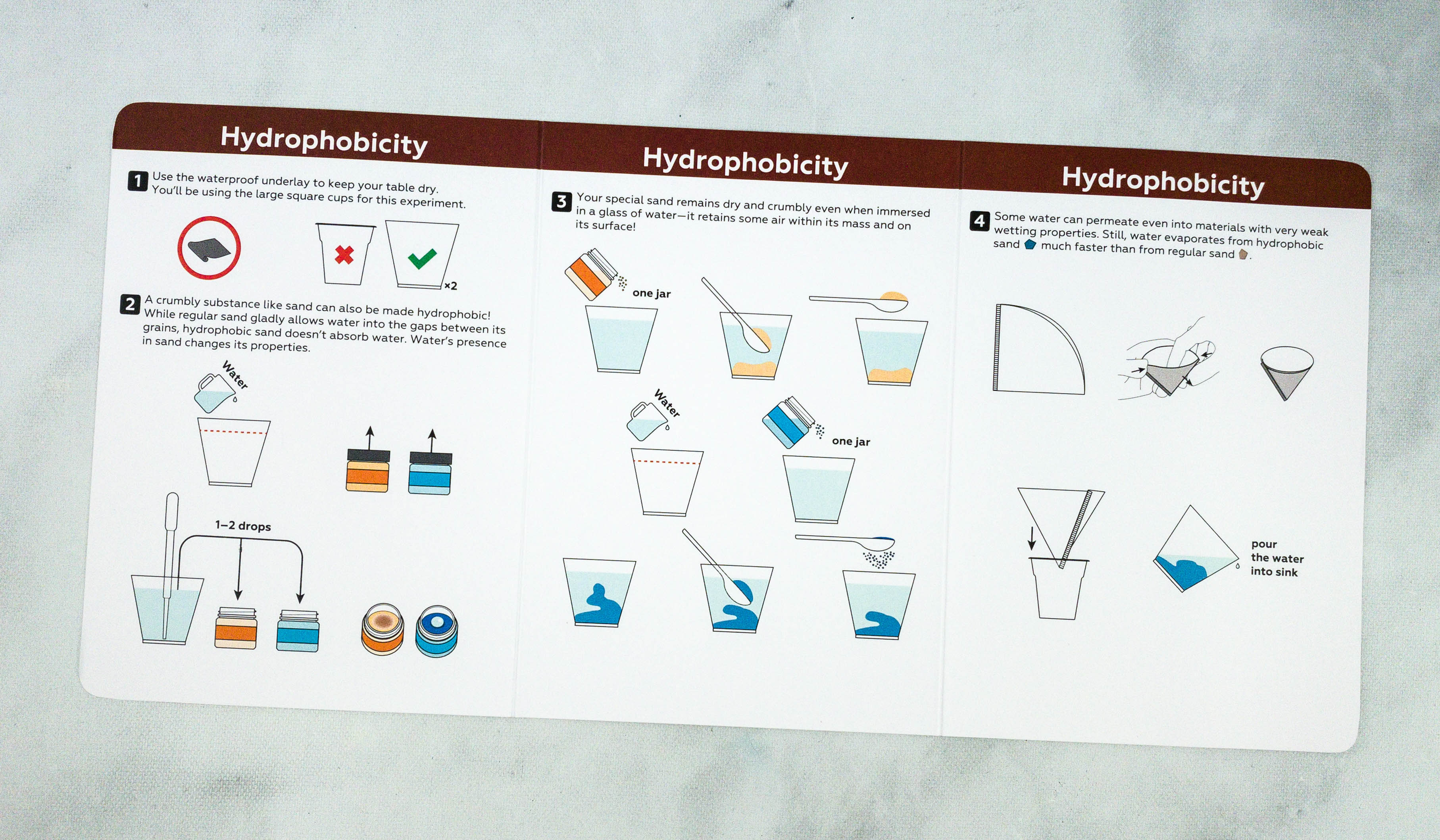
This is a 10-minute activity with level 1 danger and difficulty ratings.
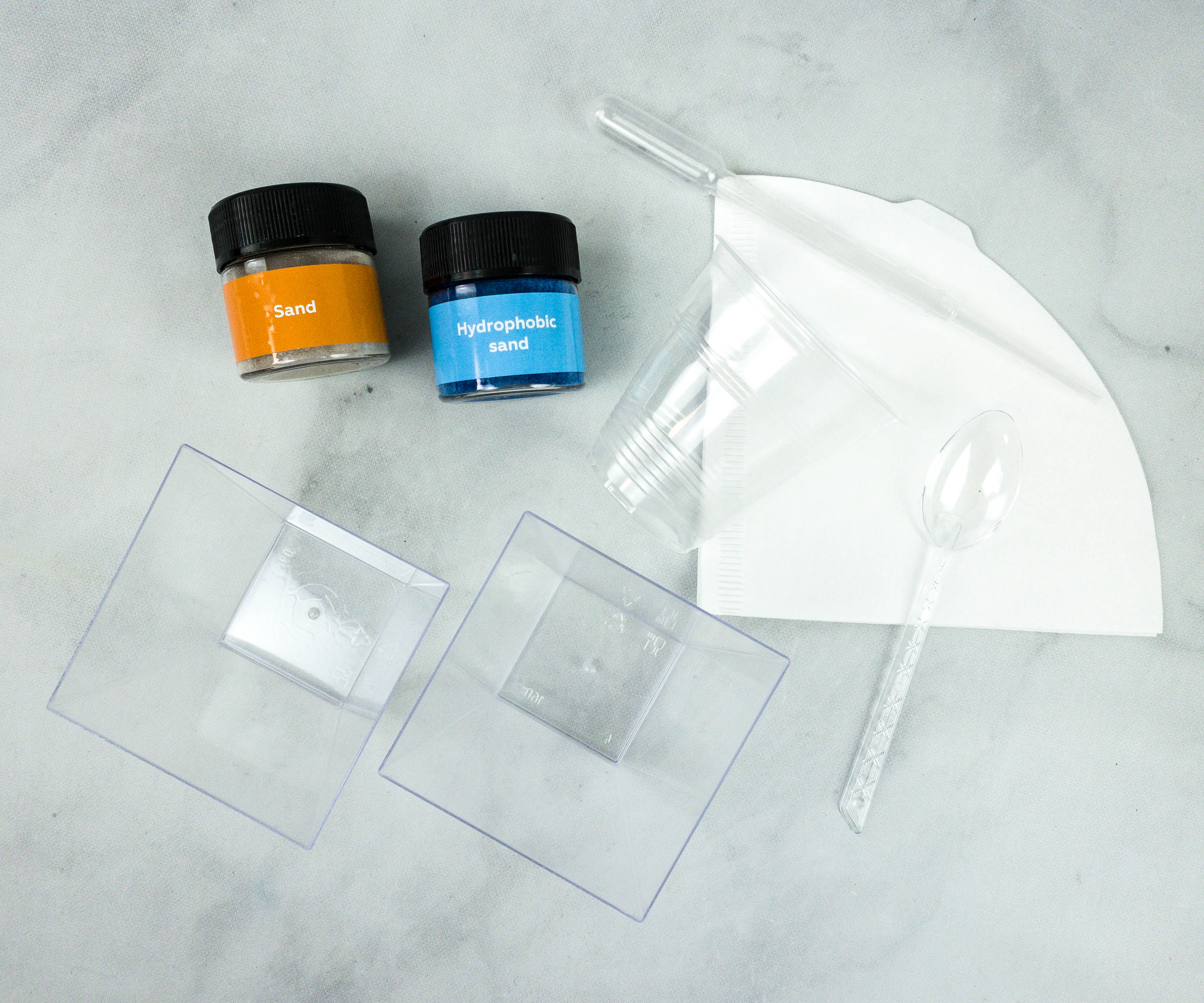
For this project, the kit provided ordinary sand, hydrophobic sand, plastic cups, plastic spoon, square cups, pasteur pipette, and paper filters.
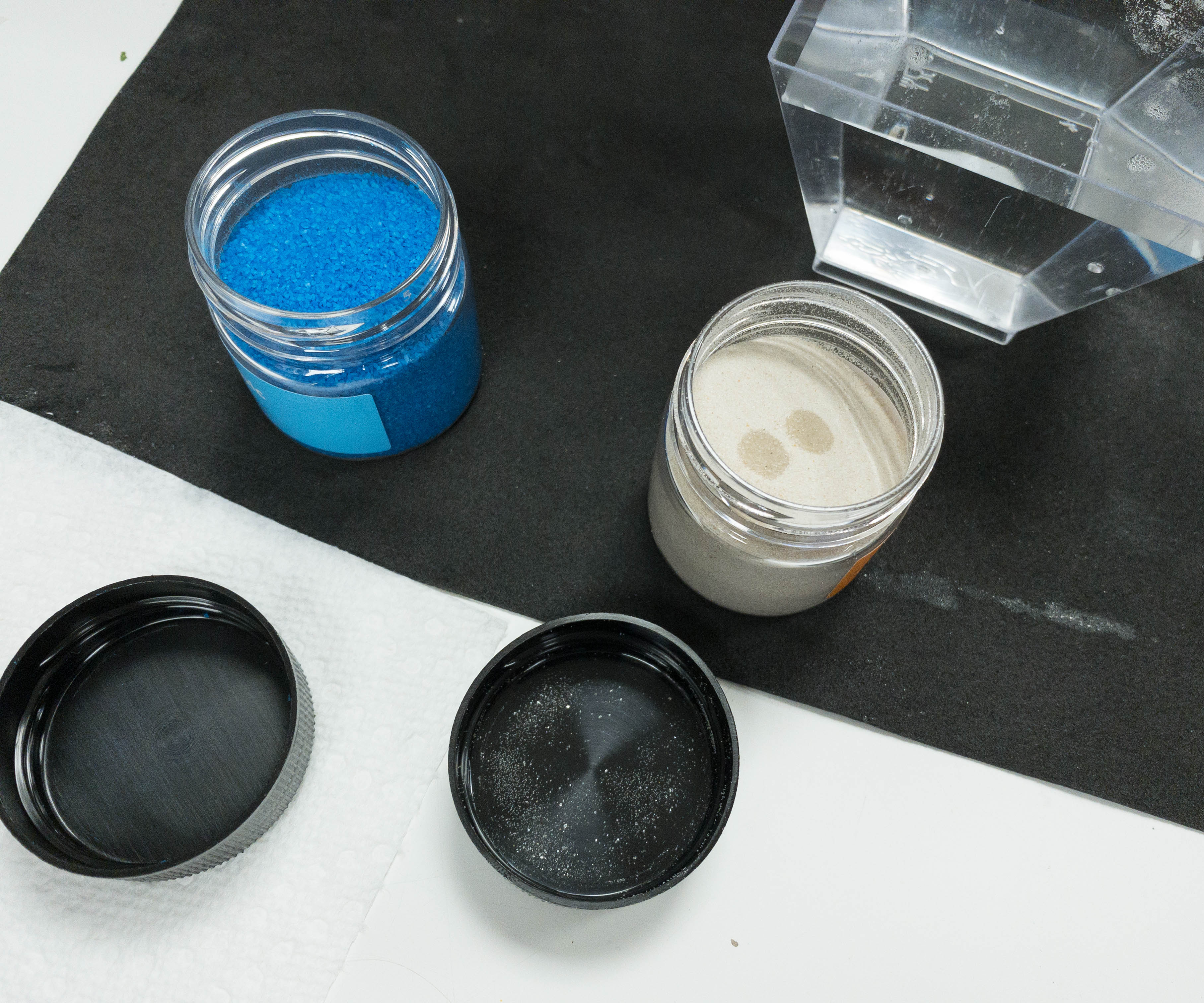
This part is the easiest. First, my daughter opened the jars containing the sand.
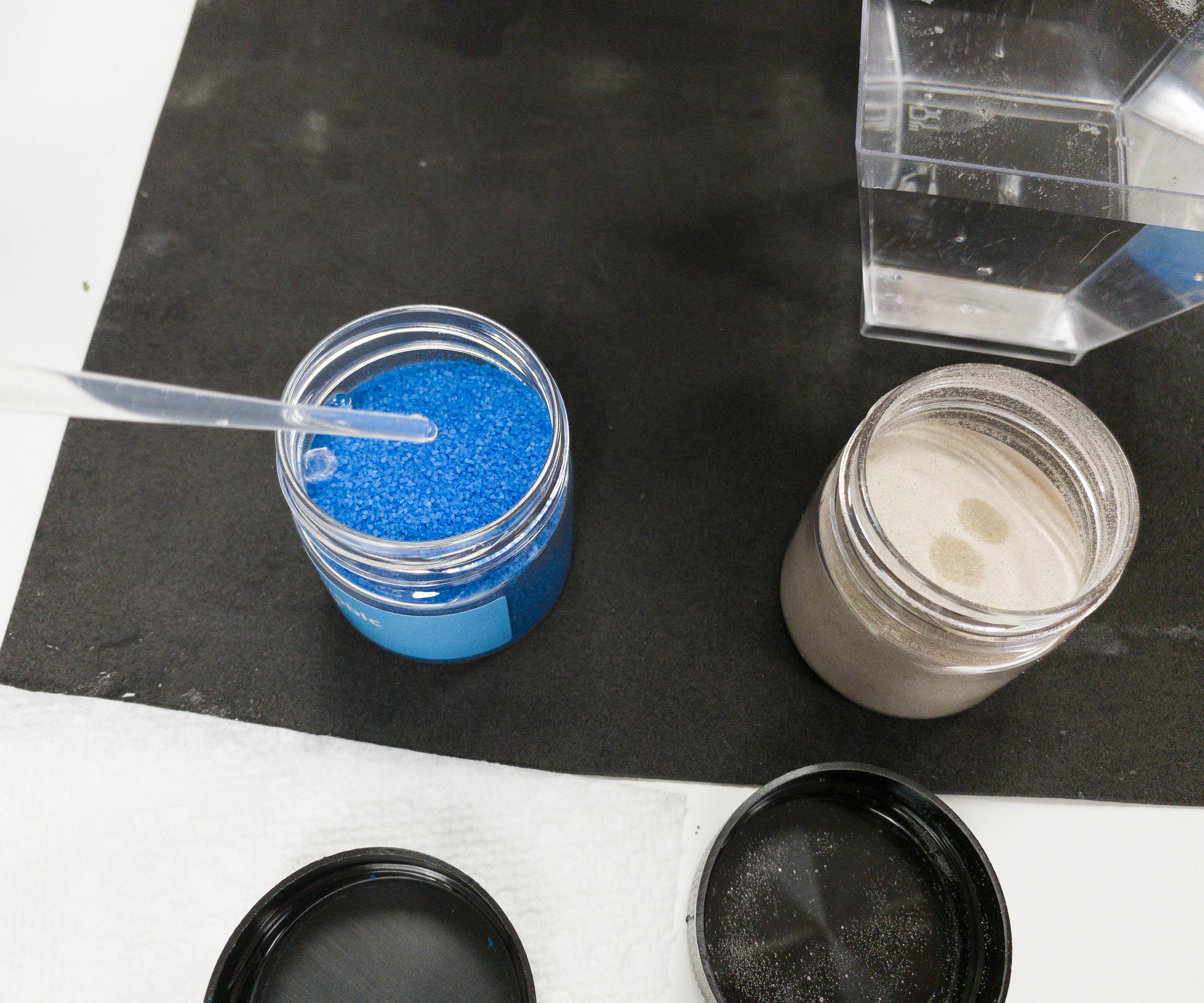
Then, she placed droplets of water on both types of sand!
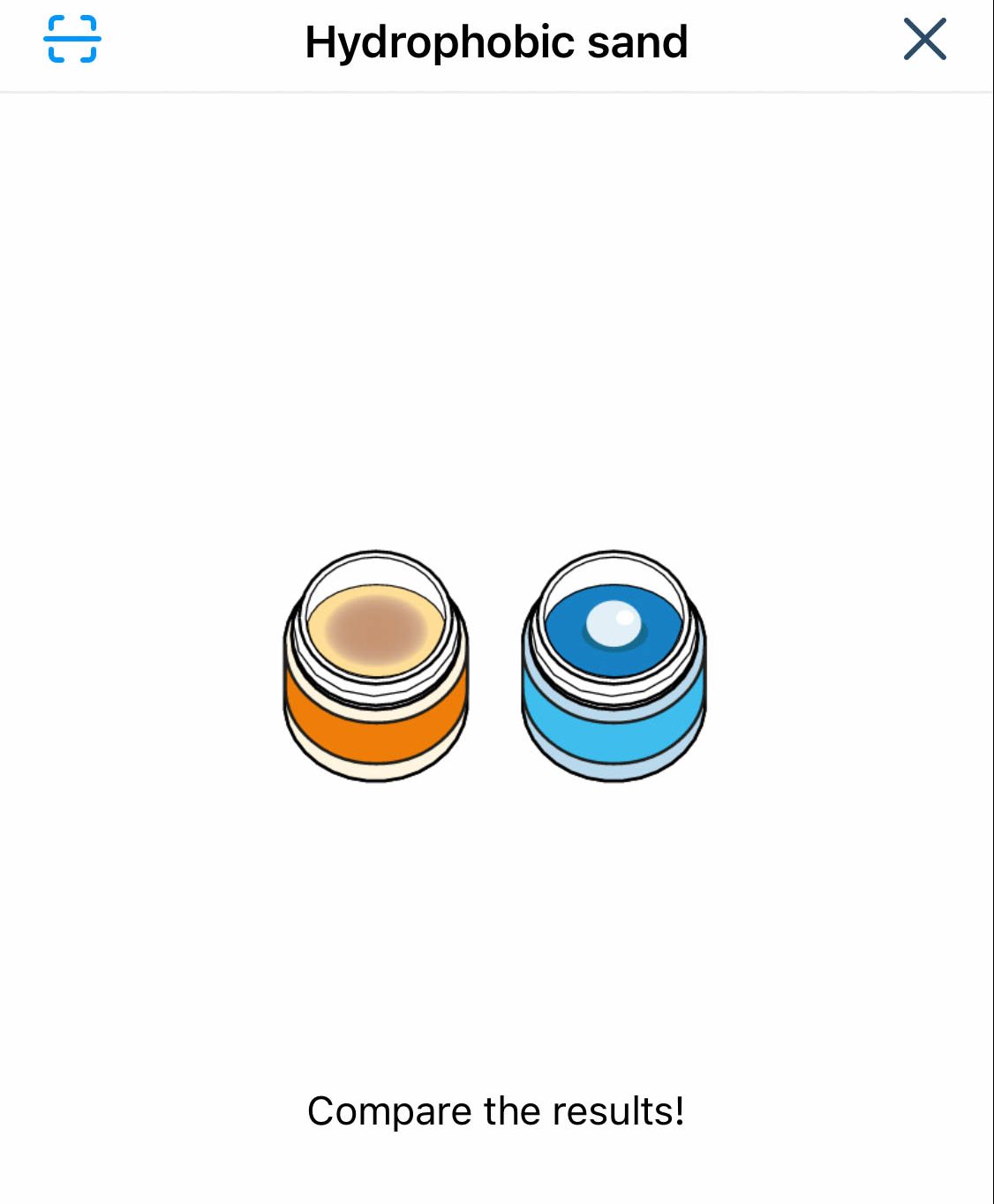
The ordinary sand absorbed the water while the hydrophobic sand did not let the water sink in.
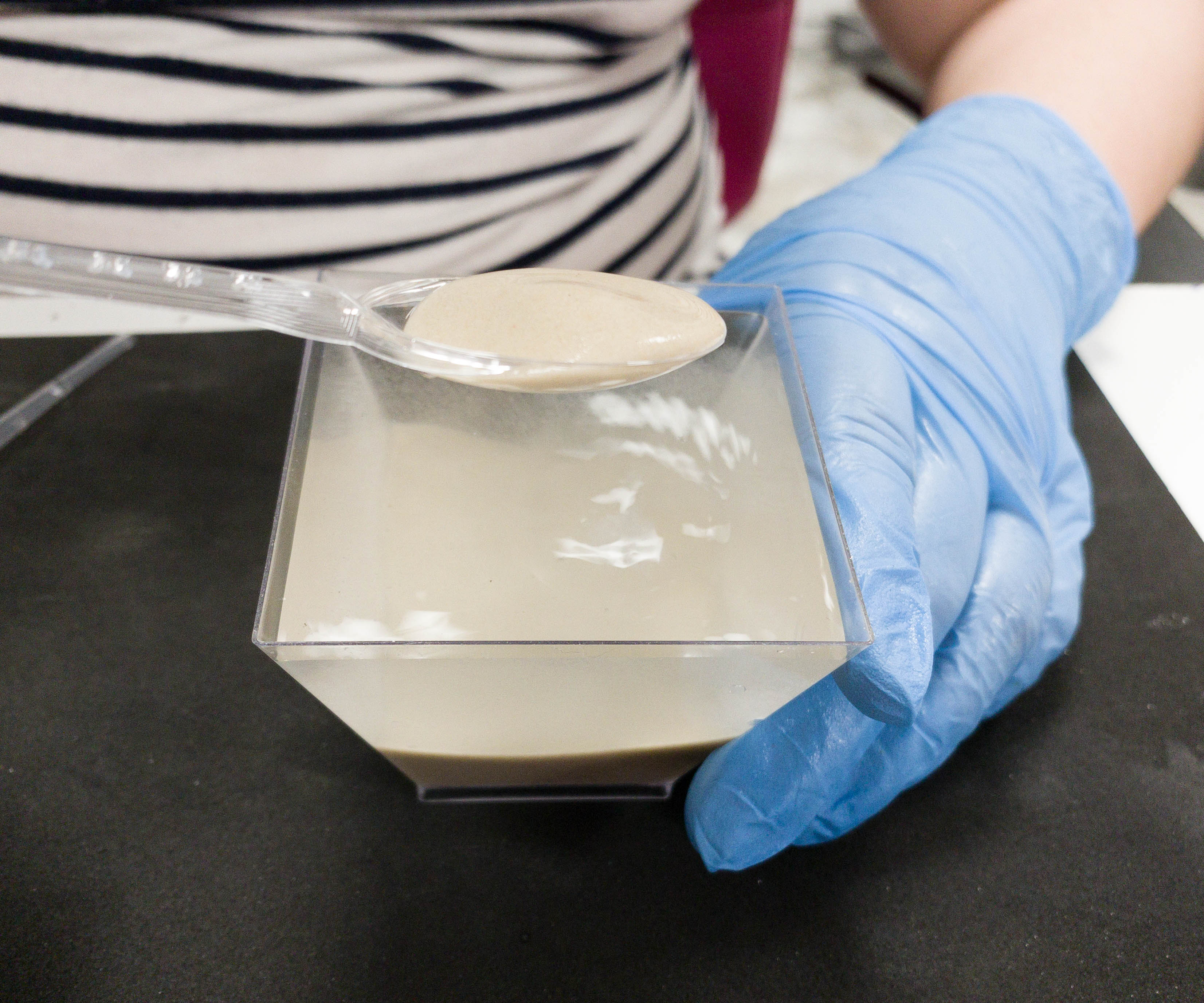
For the next step, my daughter poured water on the square cup and carefully placed the ordinary sand in it. As you can see, the sand was mixed to the water resulting to a mud-like texture.
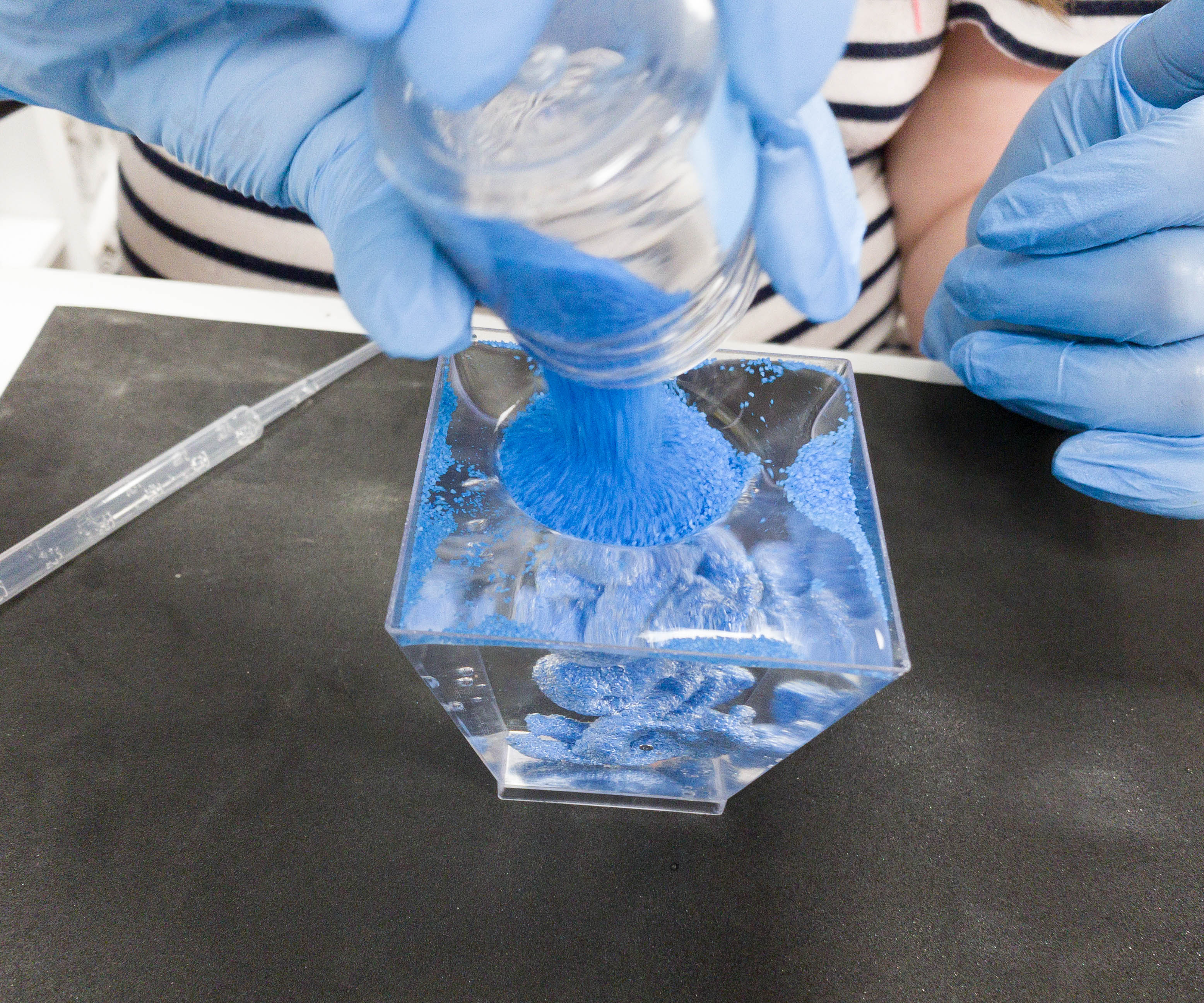
Next, she poured the hydrophobic sand on the square-shaped cup with water.
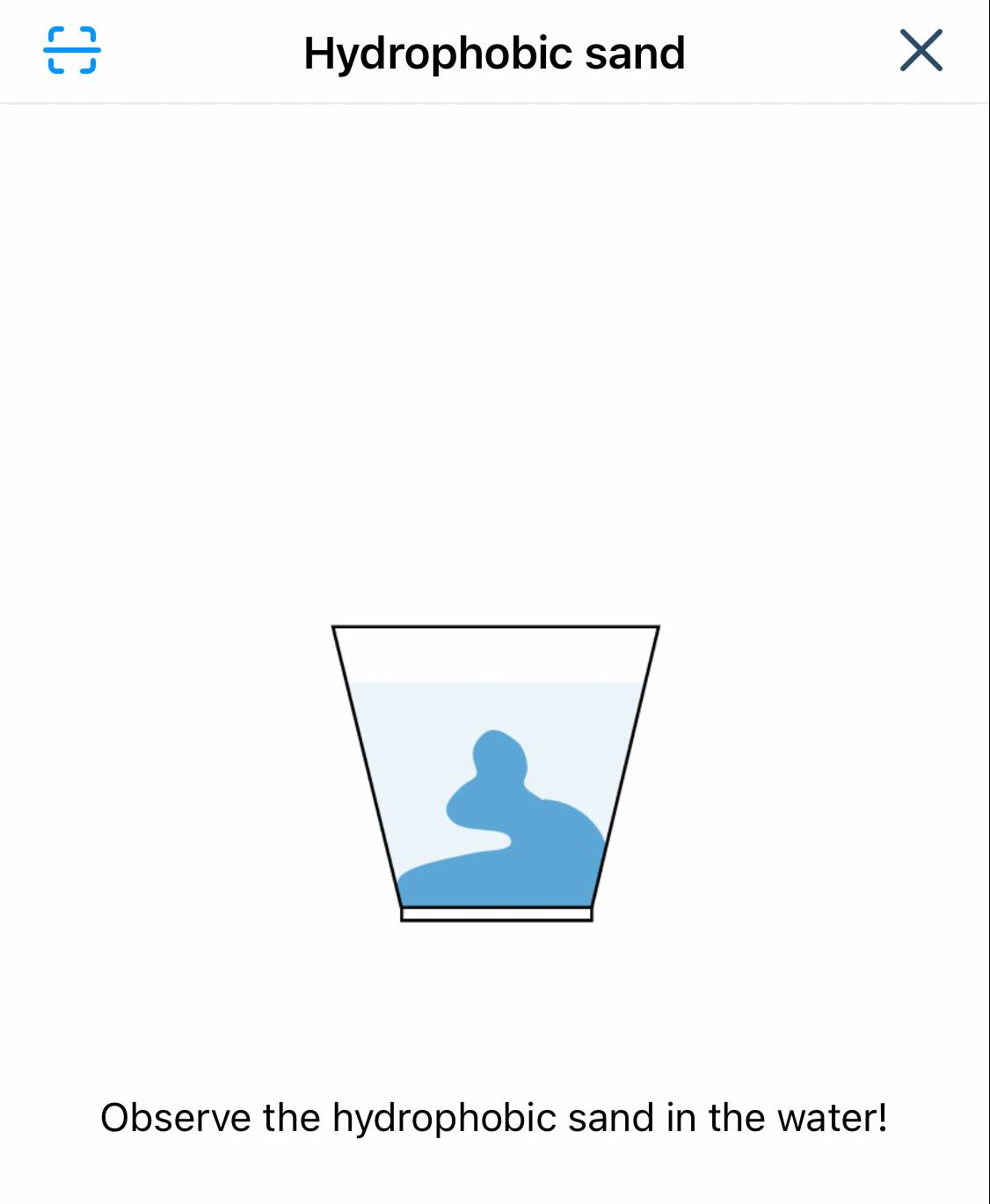
Now, it’s time to observe what happens!
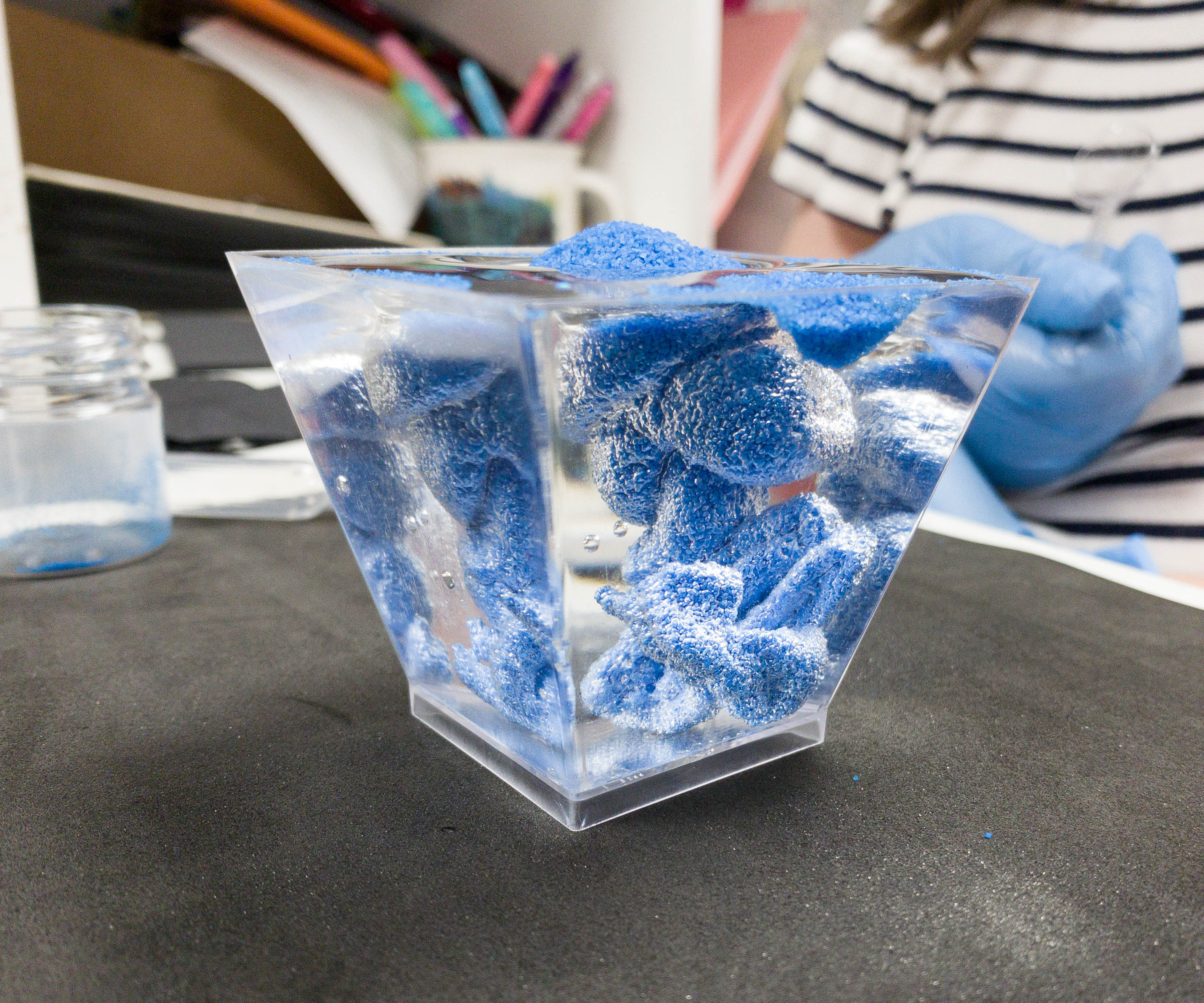
The result was truly astonishing! The hydrophobic sand did not blend with the water and it developed a foam-like texture and form.
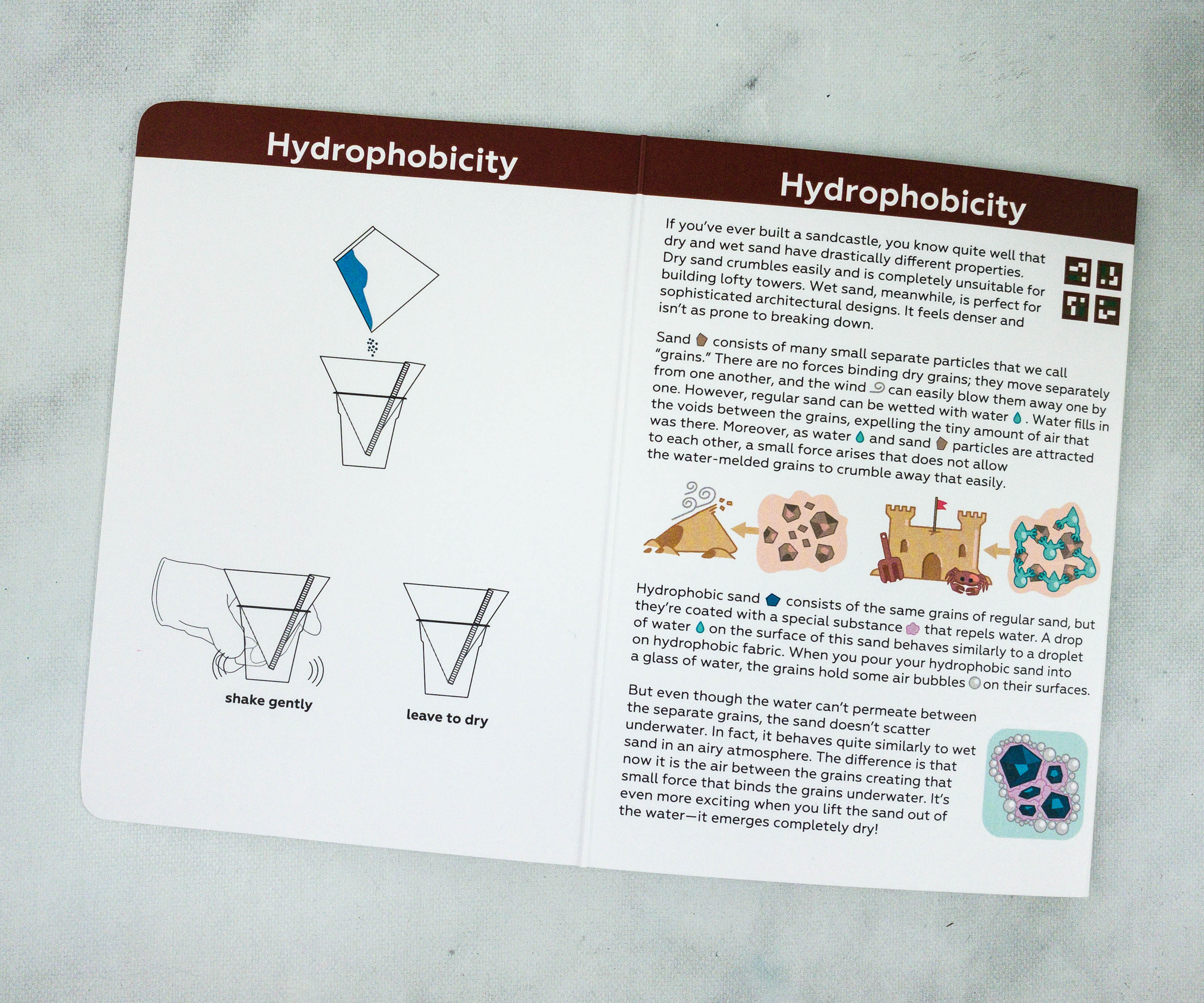
Another way to test if the hydrophobic sand really don’t absorb water is by transferring it from the water dipped to the paper filter.
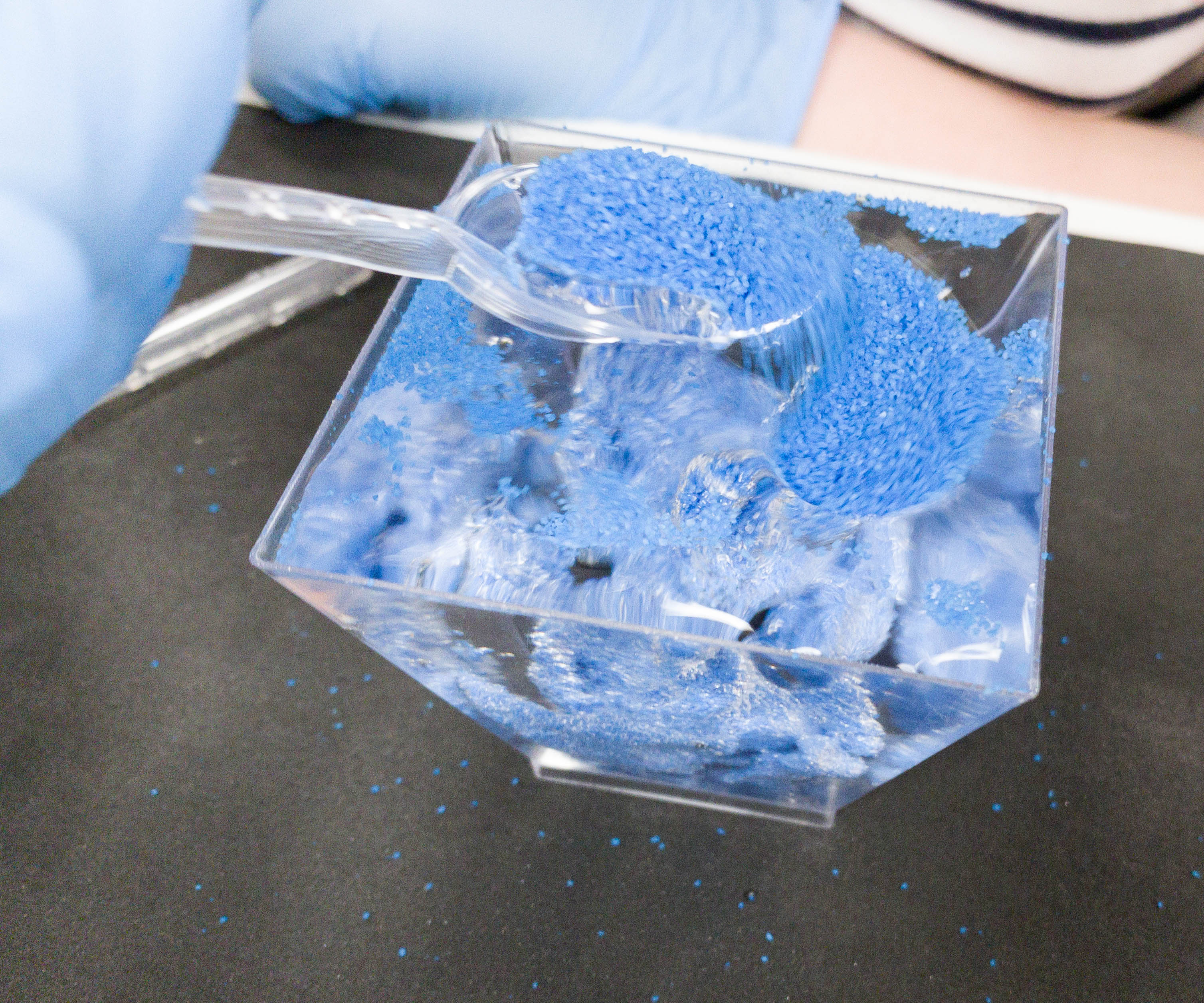
Scoop a spoonful of hydrophobic sand and let it stay on the spoon for a few seconds.
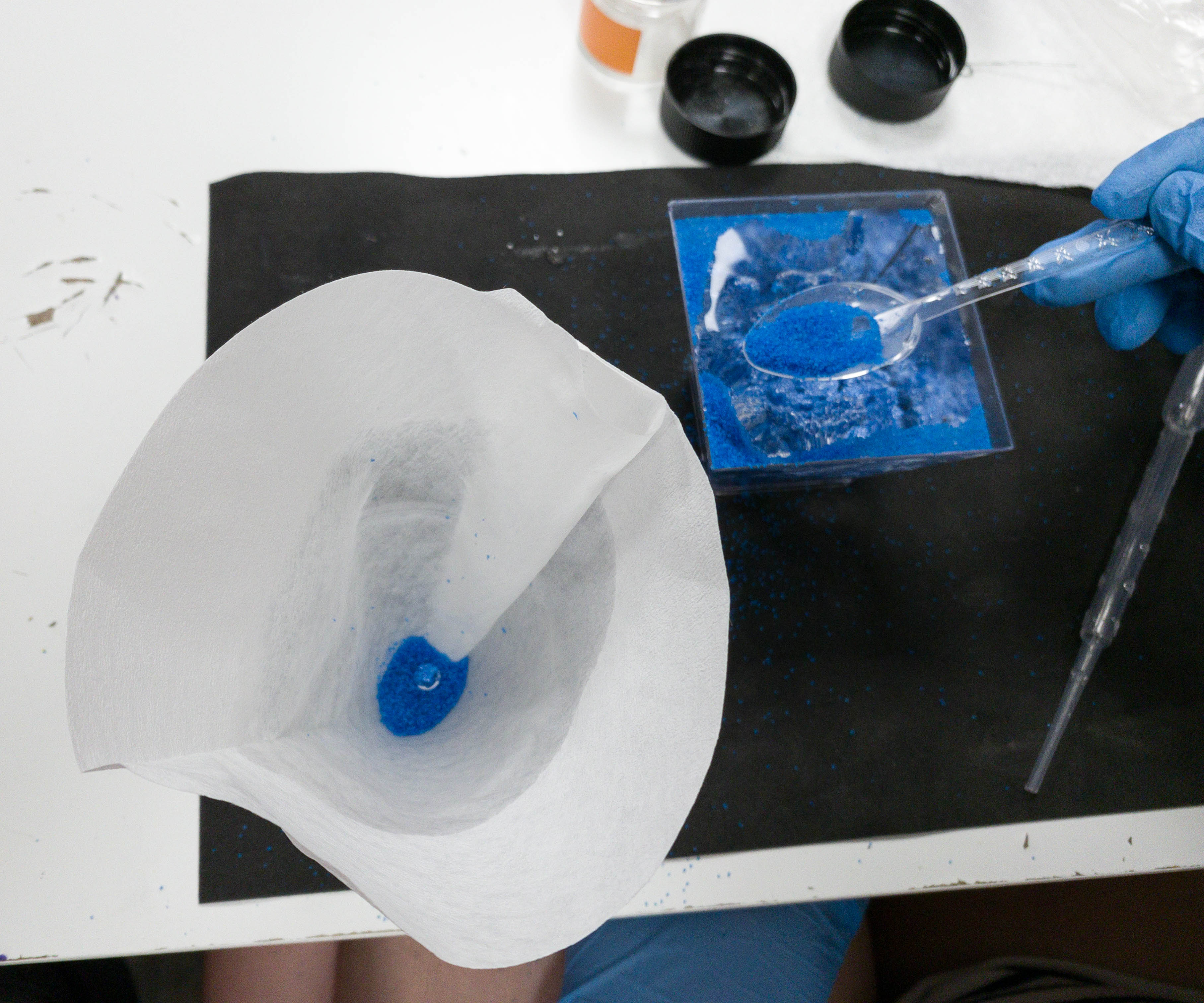
Transfer the sand on the filter paper and check if the filter paper becomes wet.
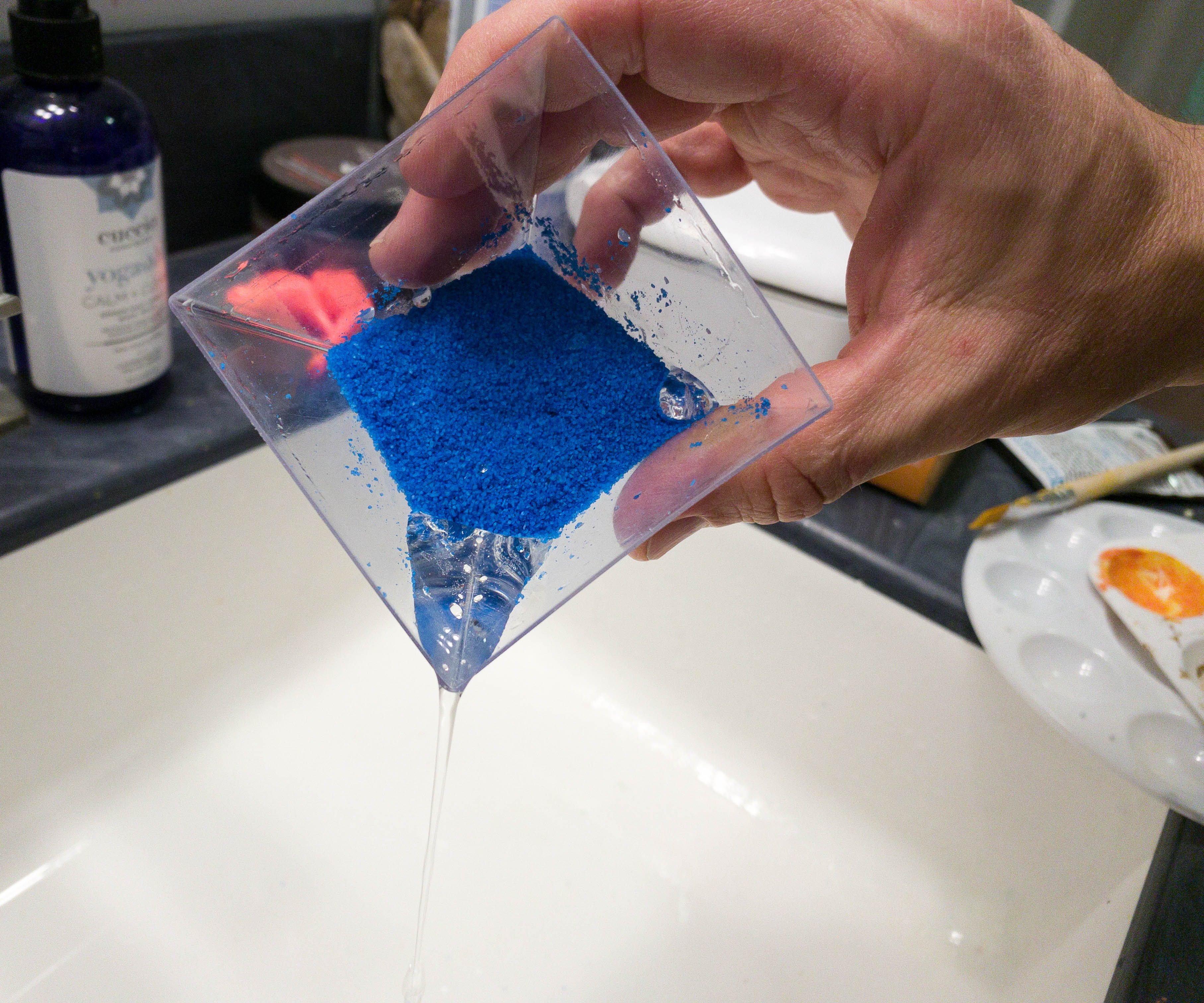
The paper filter stayed dry. This is because aside from the non-absorbing property of the hydrophobic sand, it also makes water evaporate faster than the regular sand.
MEL Physics is fun! It has hands-on easy-to-follow experiments that my kids really got into! This month, the box included materials and instructions for 3 activities all in connection with hydrophobicity, a unique property that tends to repel water. Each activity presents an example of the different types of hydrophobic properties that may affect or even benefit us and our planet. One of the best examples of it is the second activity, which shows us a way to absorb oil spills without further harming the ocean. One of the reasons why humans can build things underwater is because of hydrophobicity as well. This is such a well-put-together activity box that focuses on physics, which is really unique!
What do you think of the MEL Physics by MEL Science box?
Visit MEL Physics by MEL Science to subscribe or find out more!




Comments